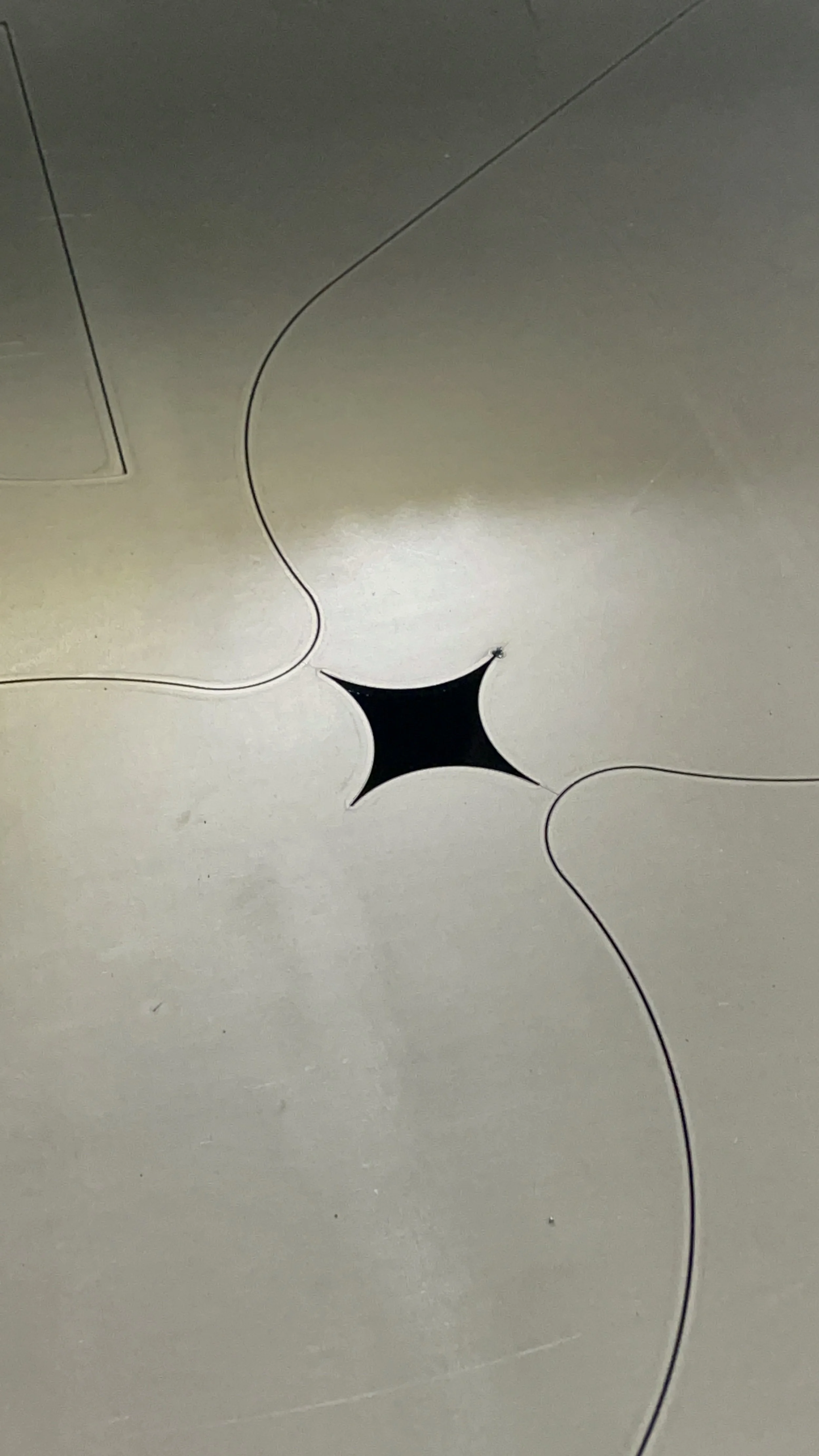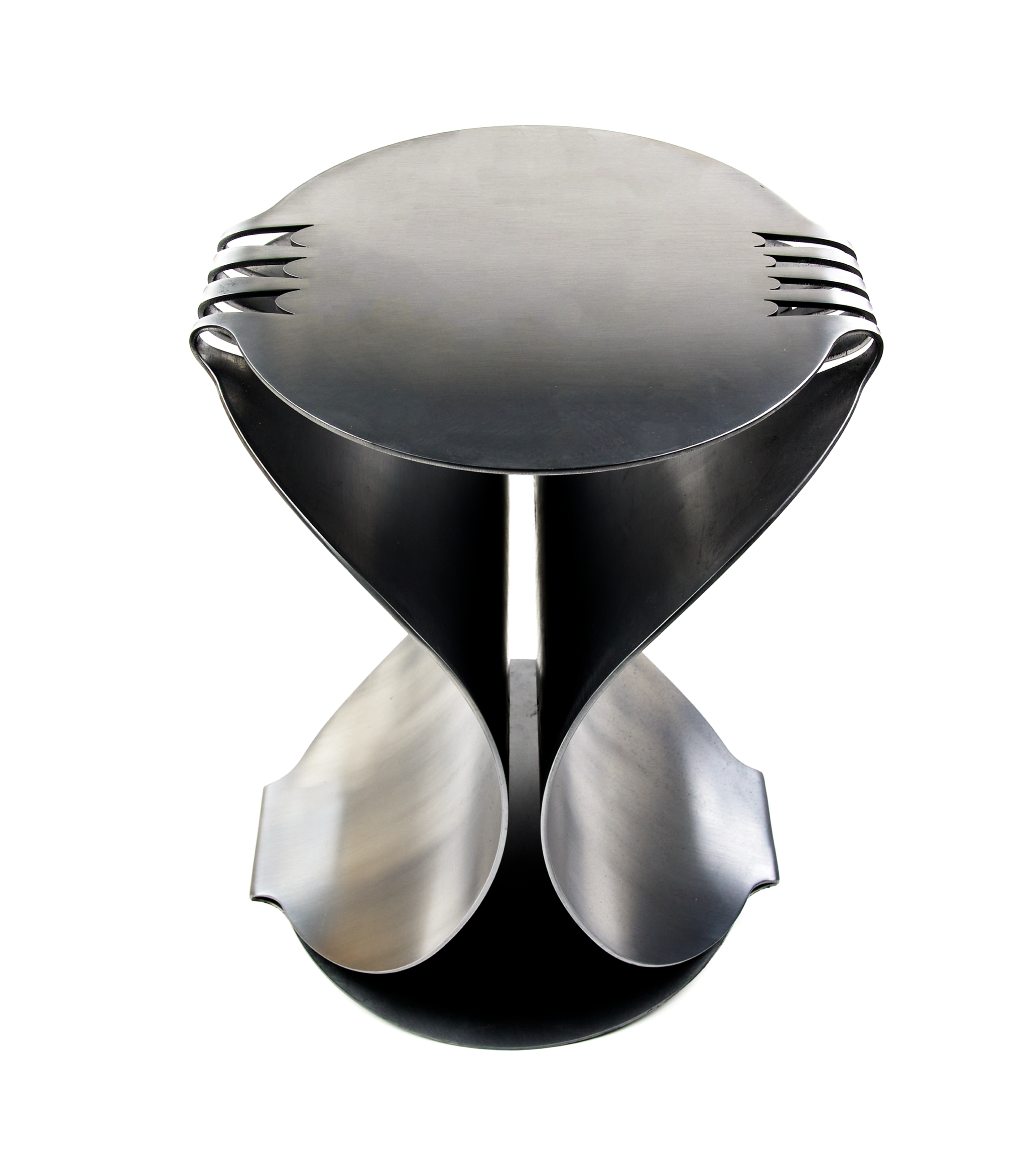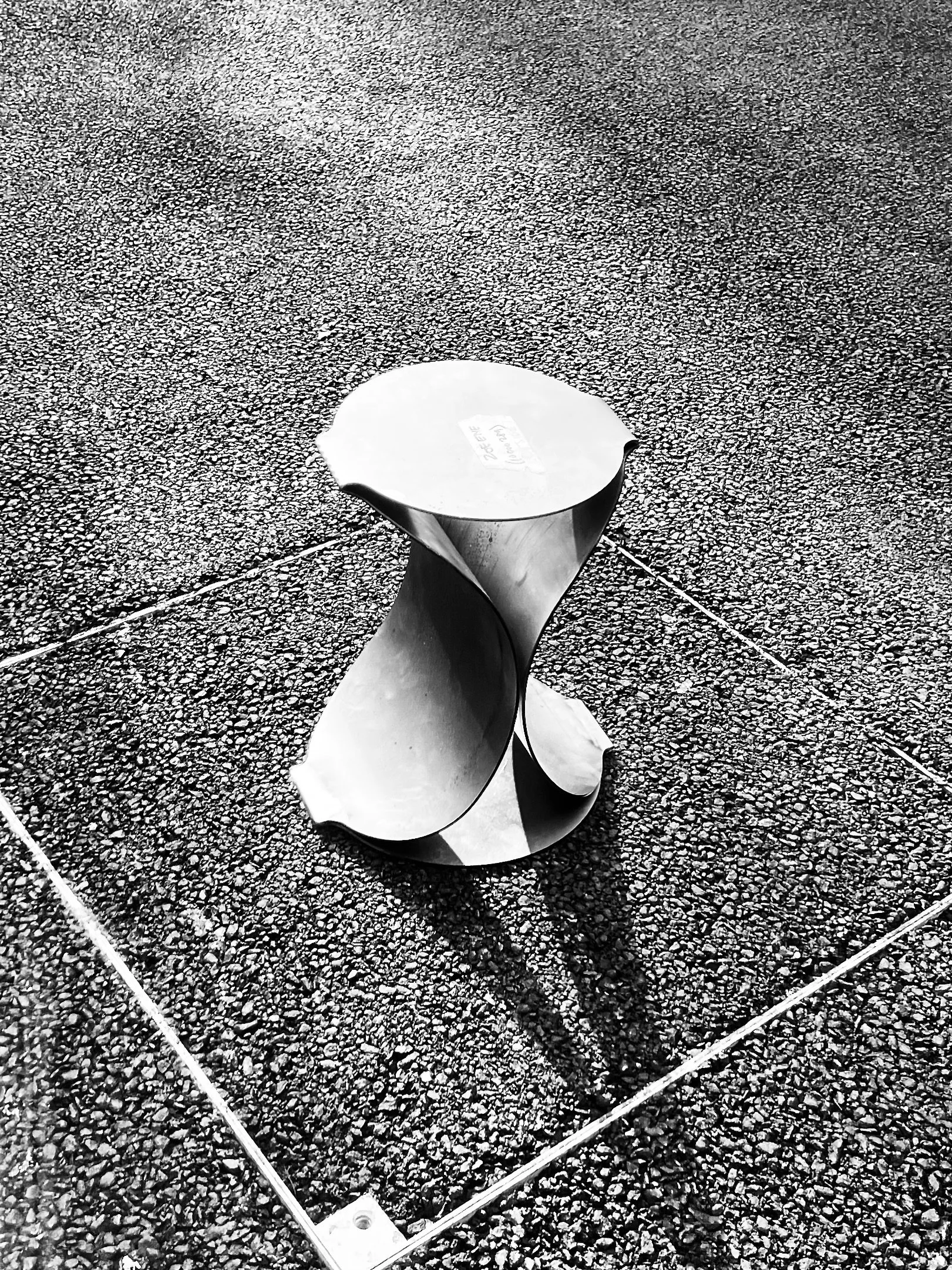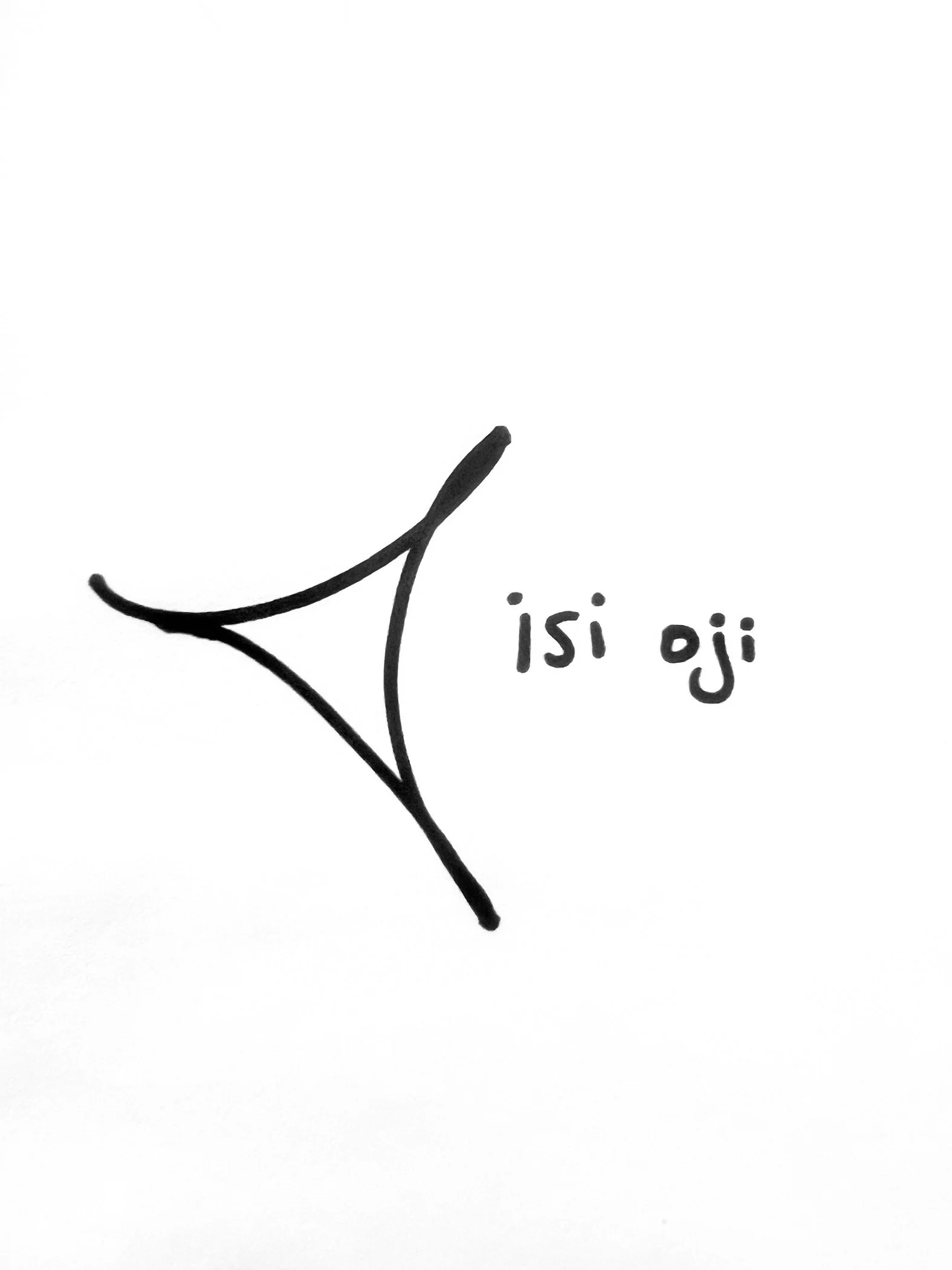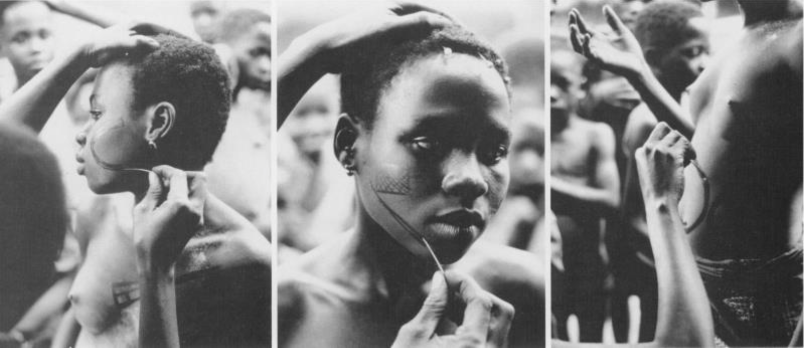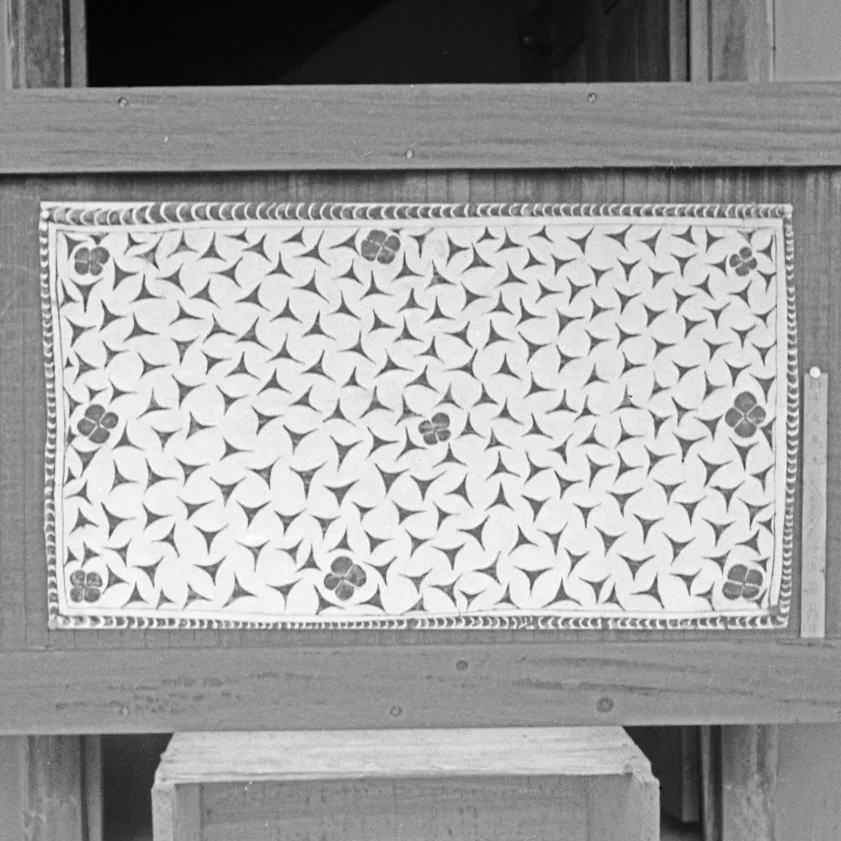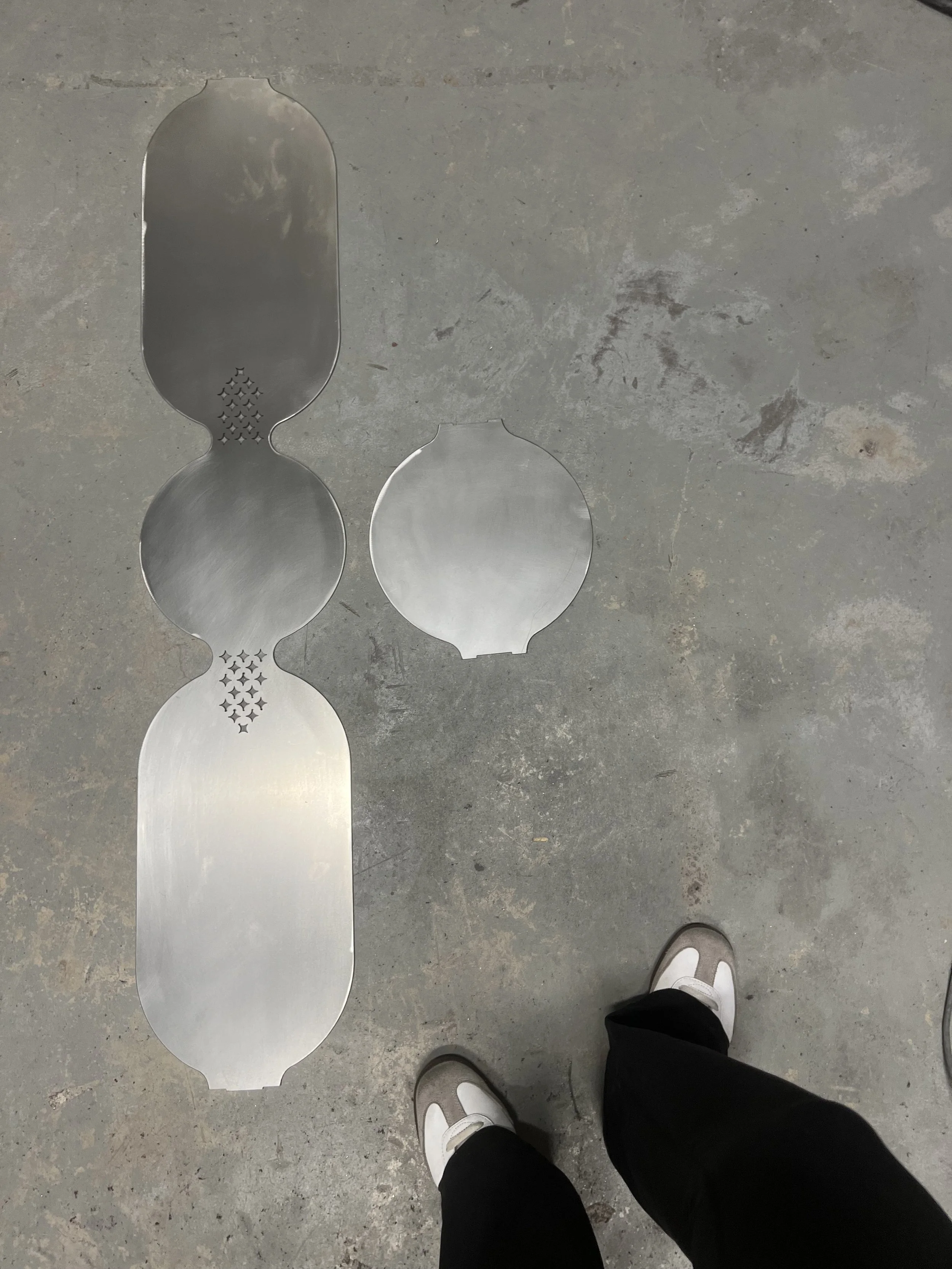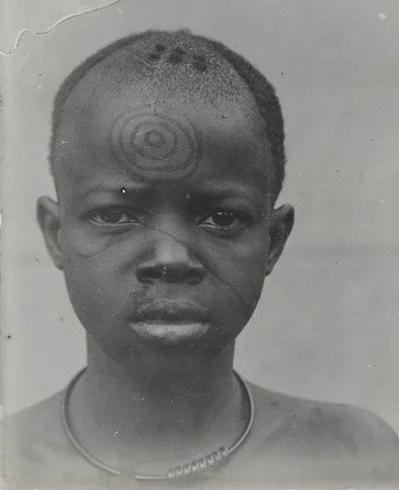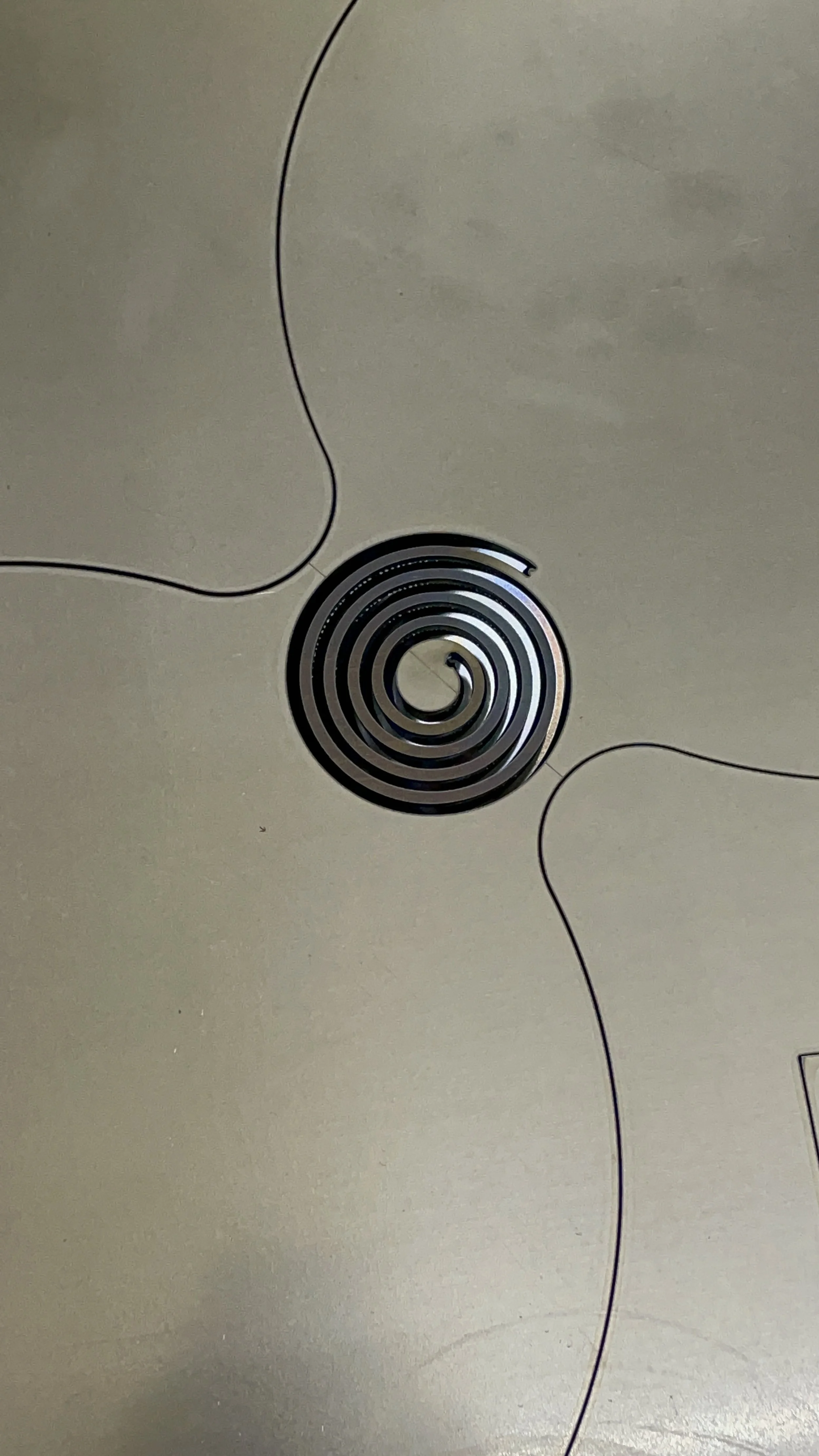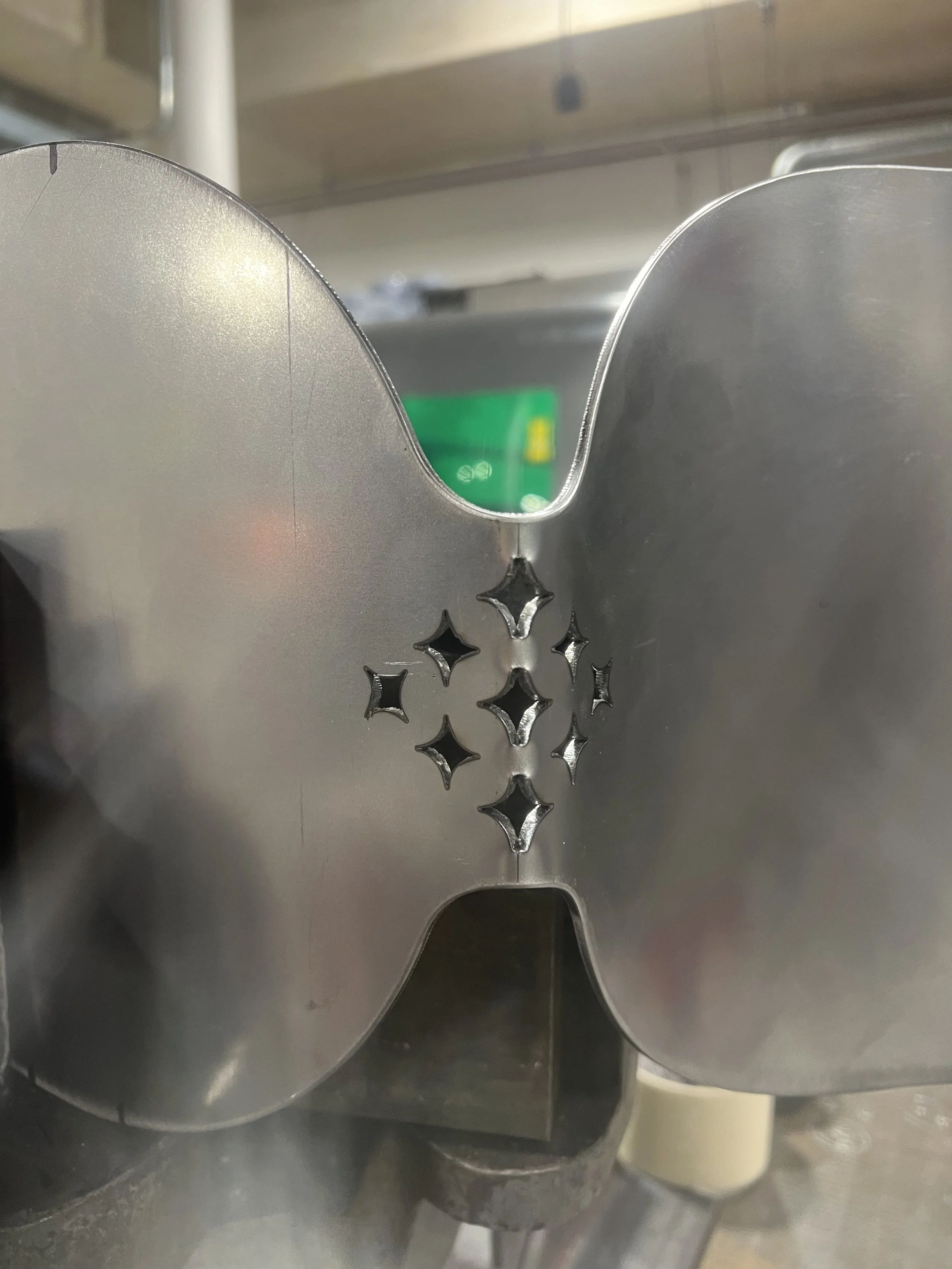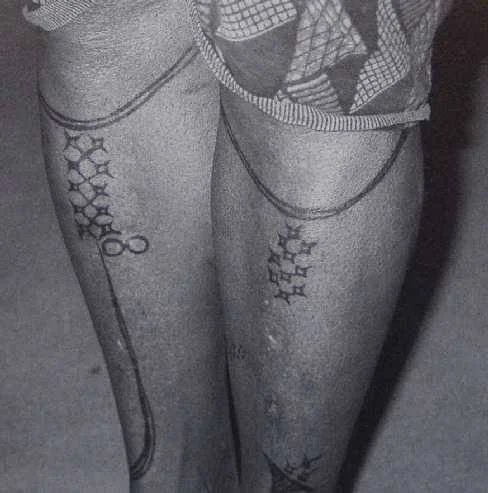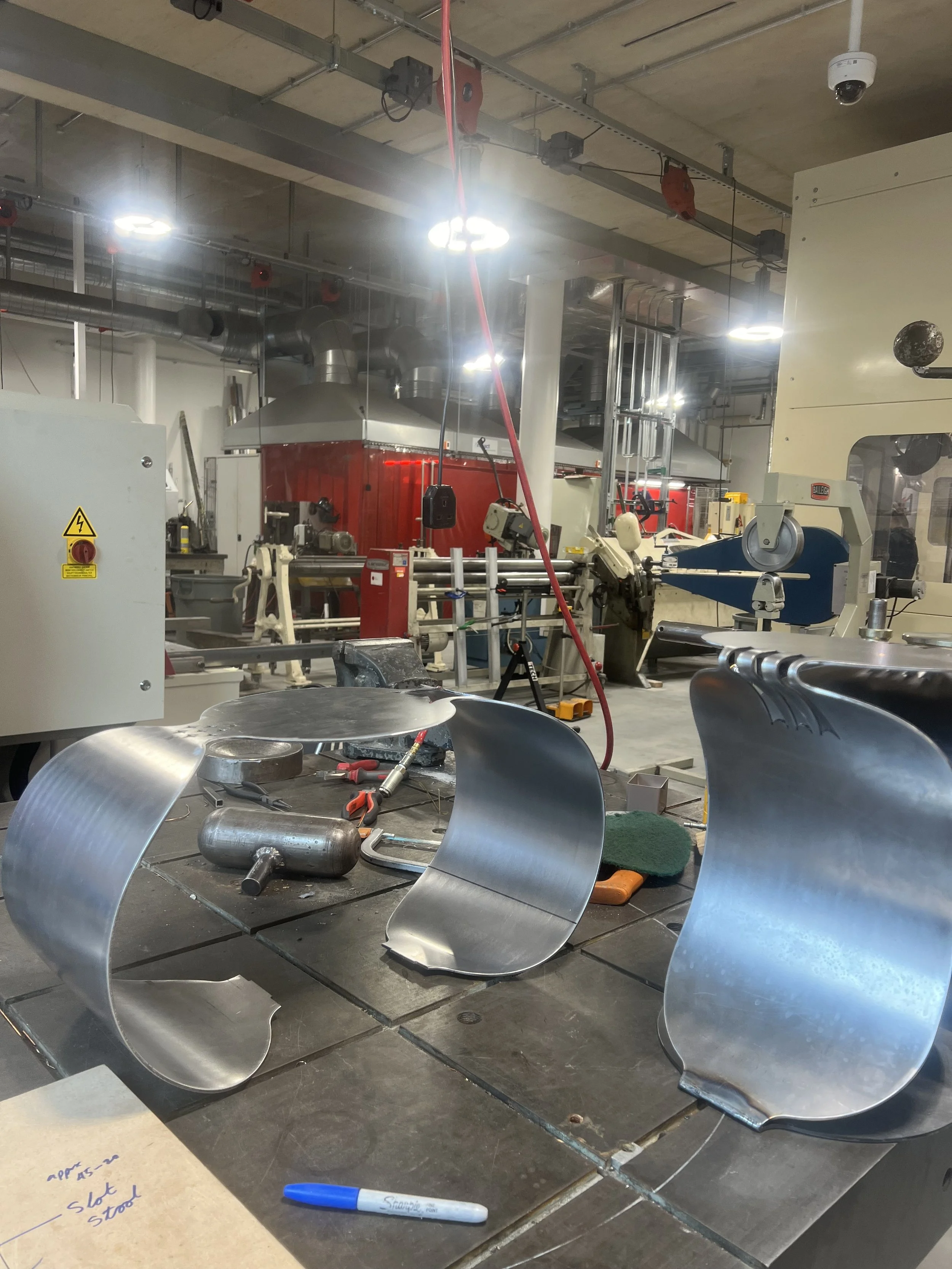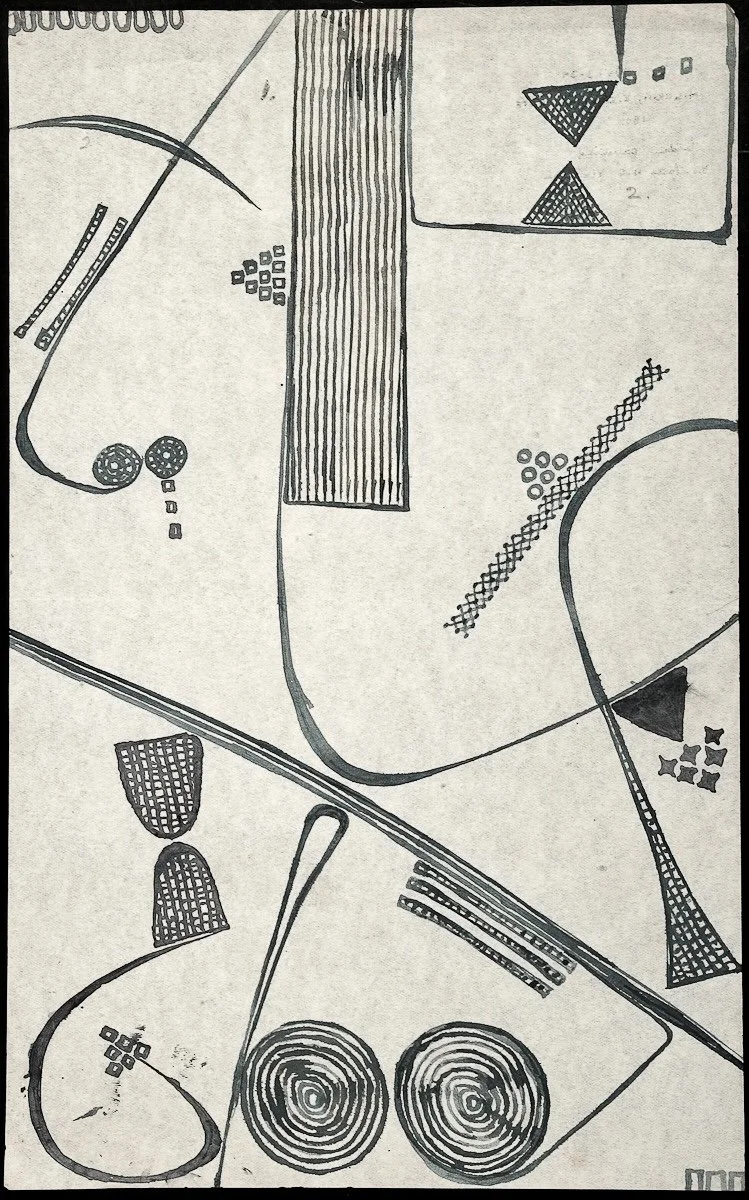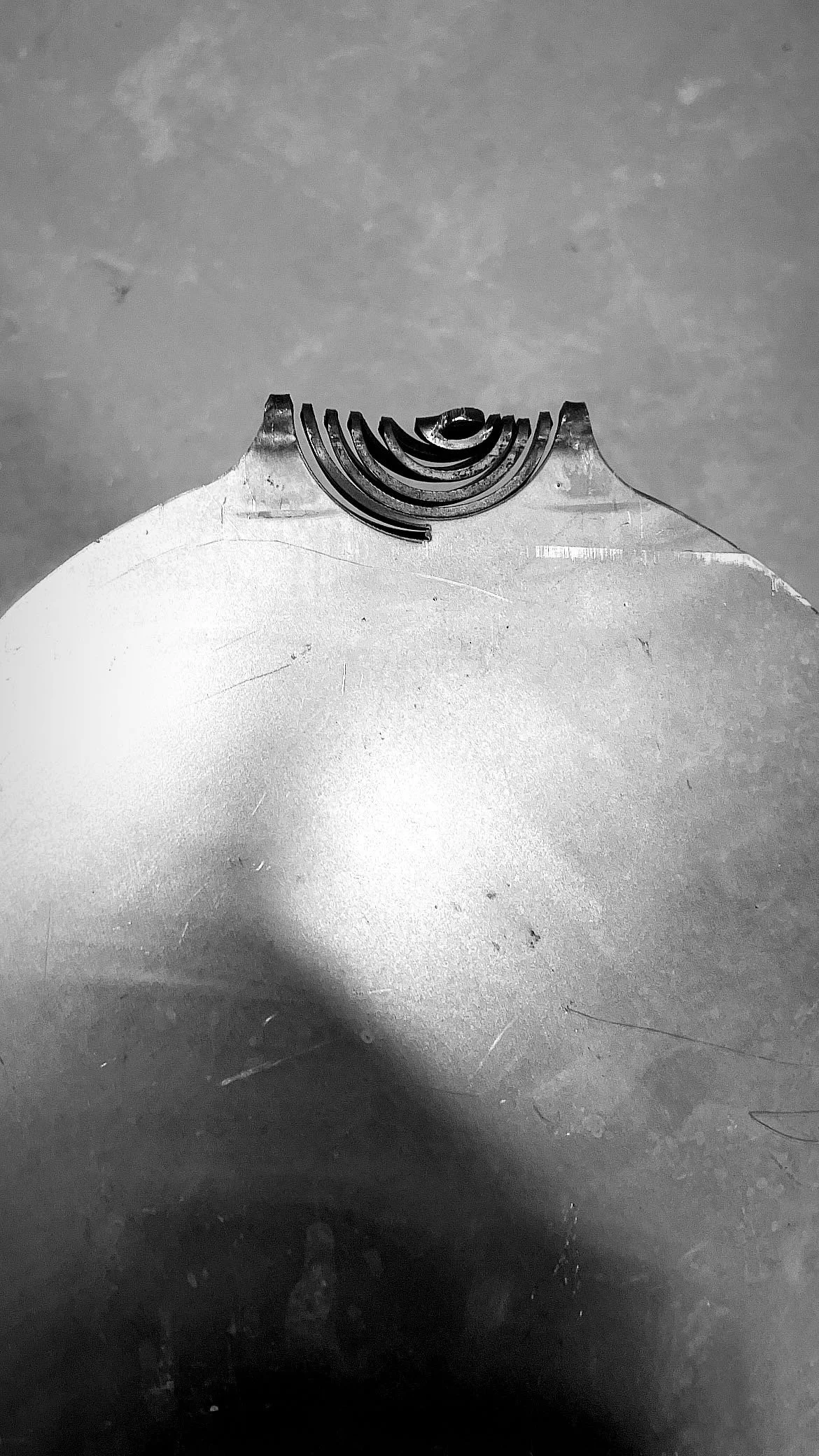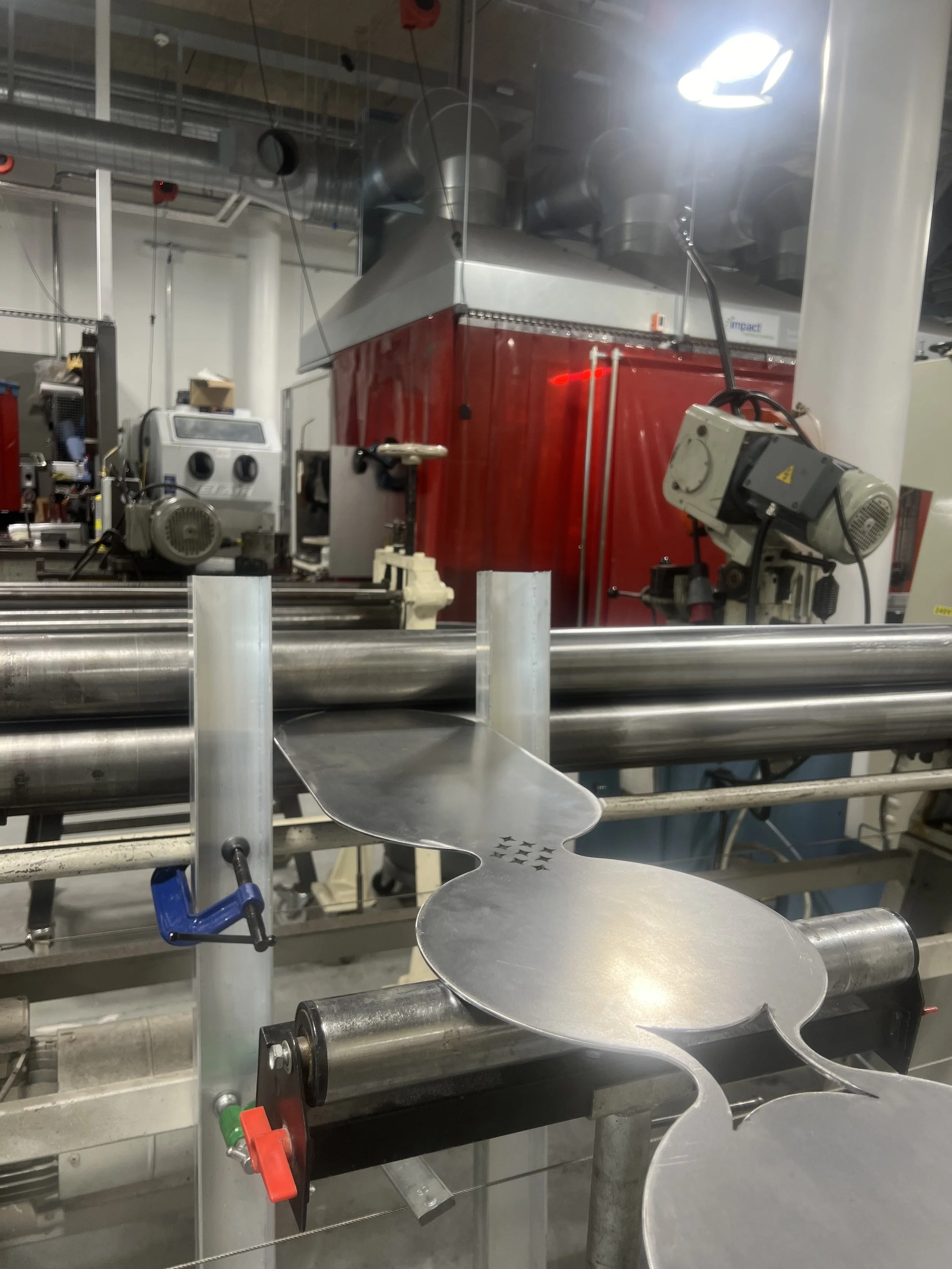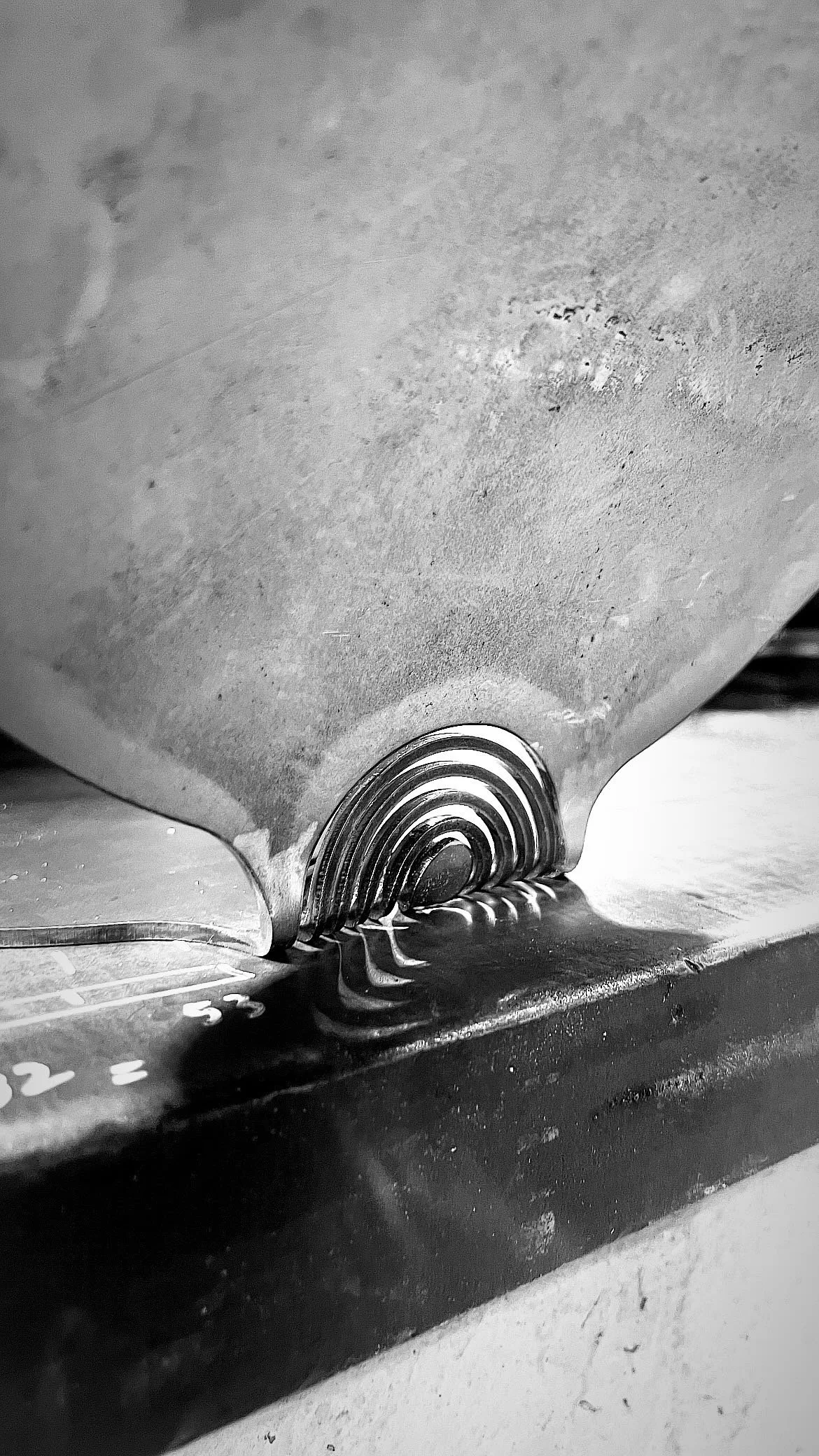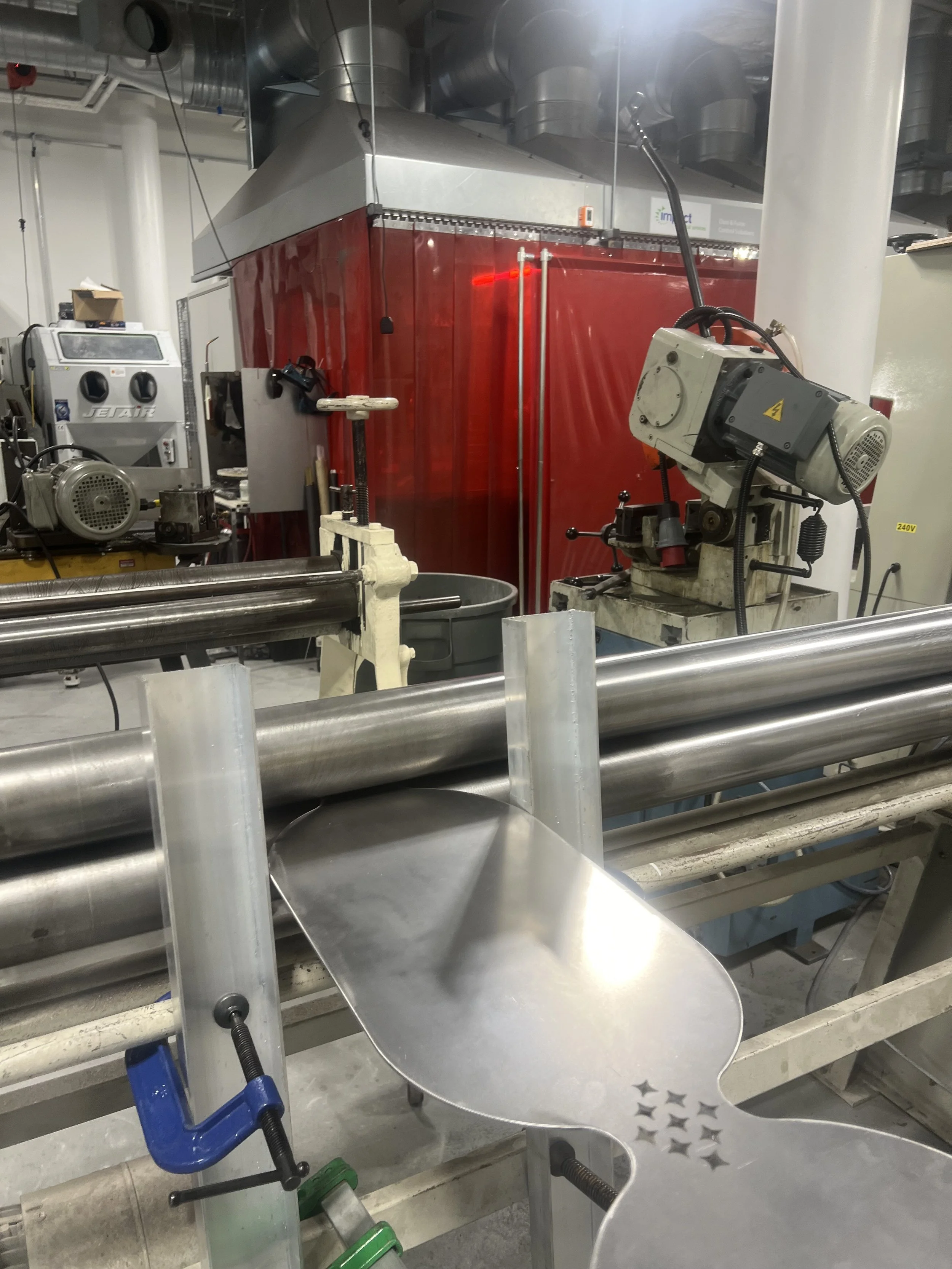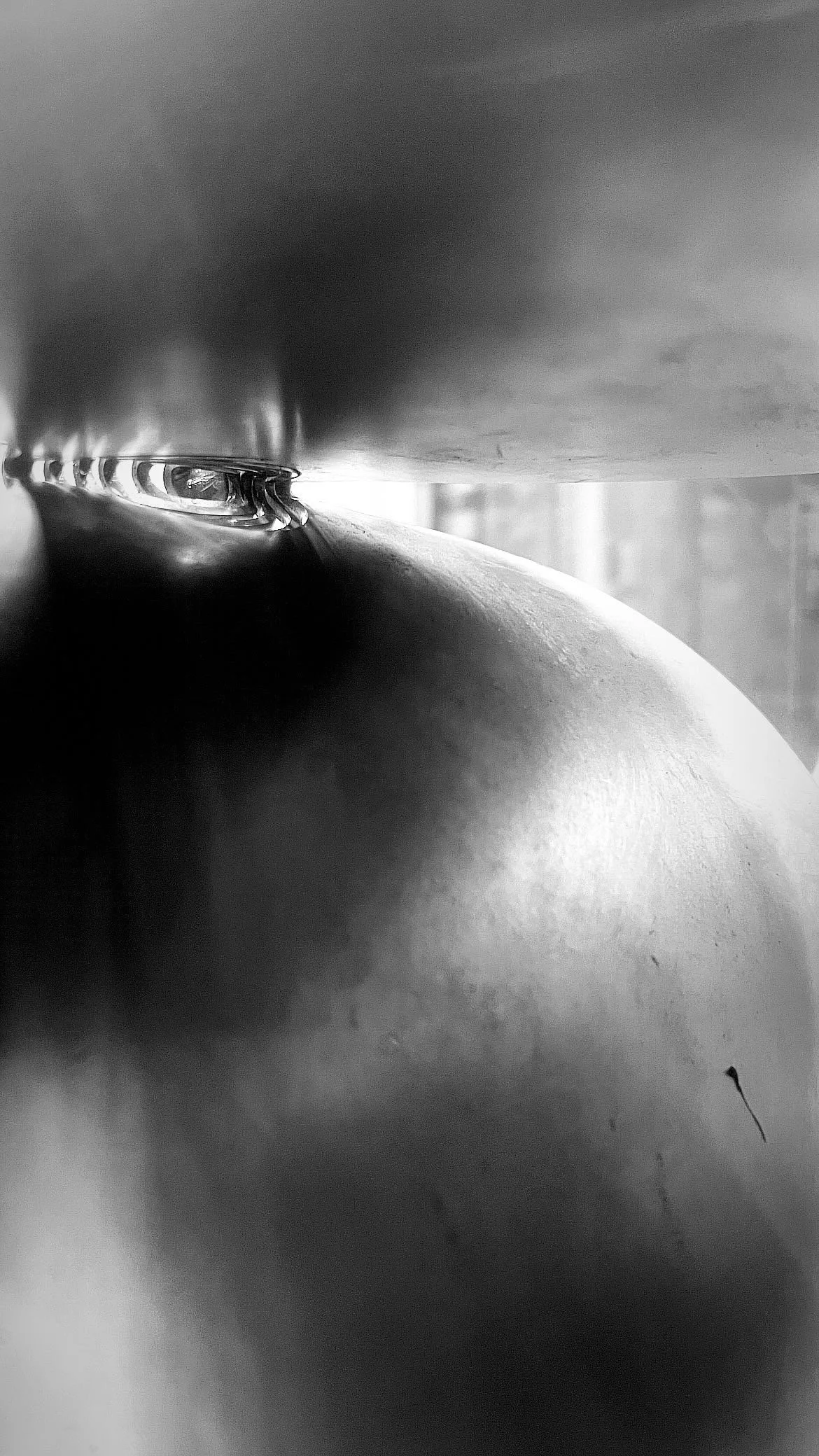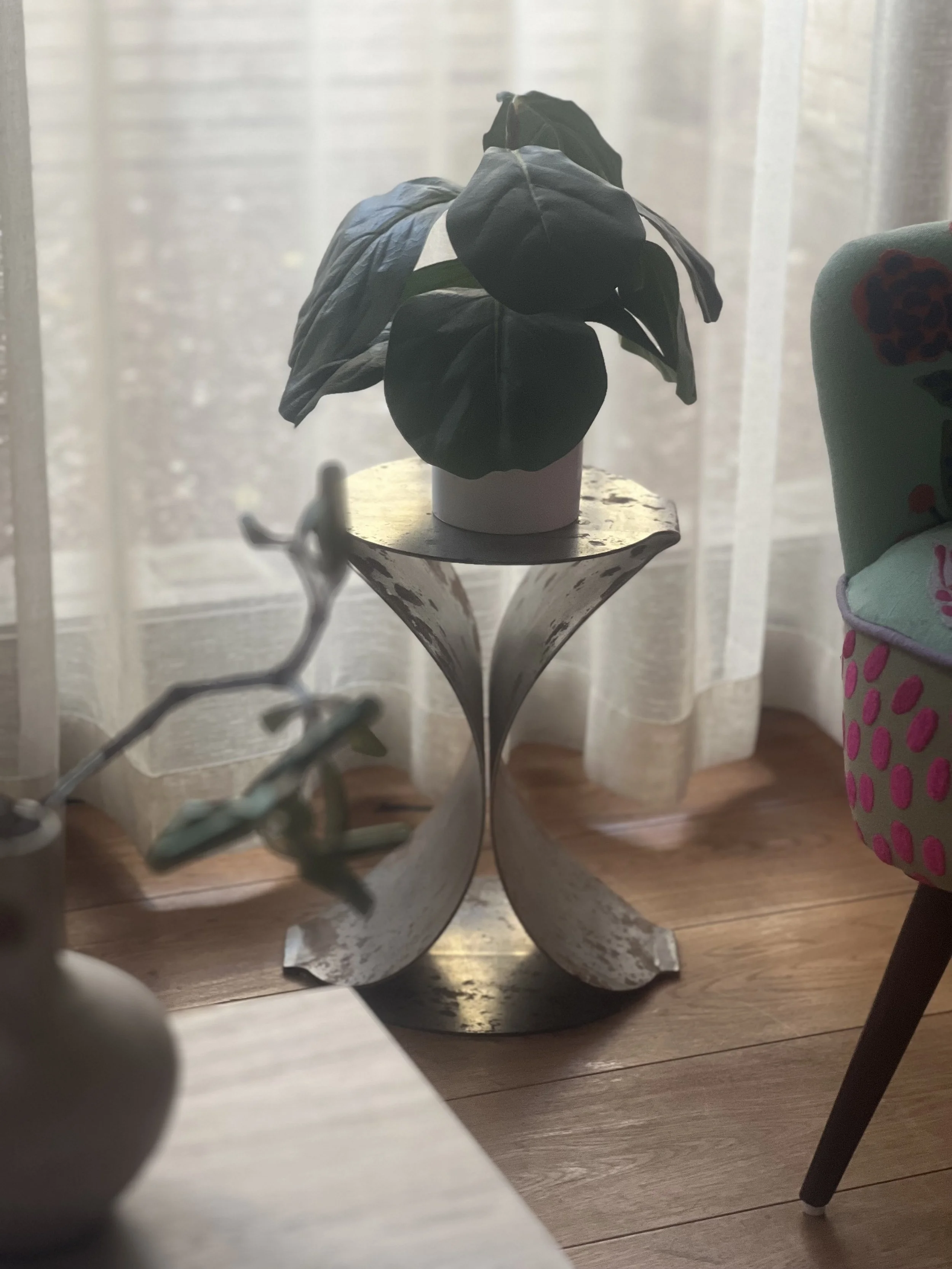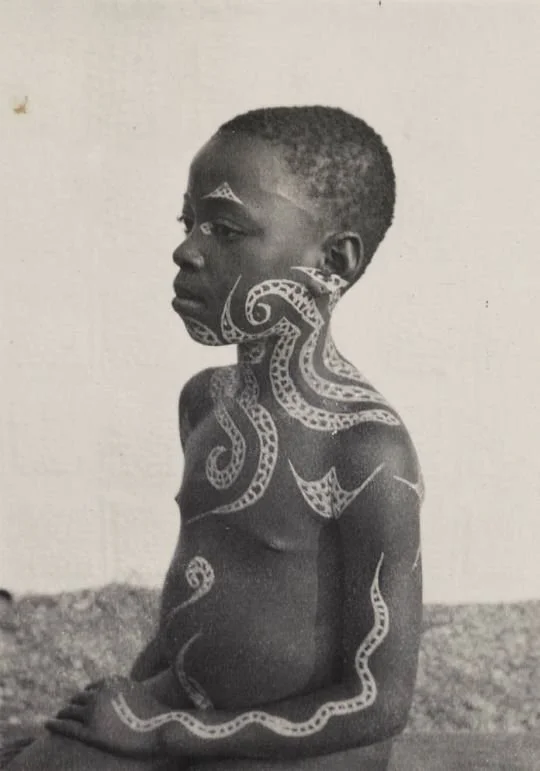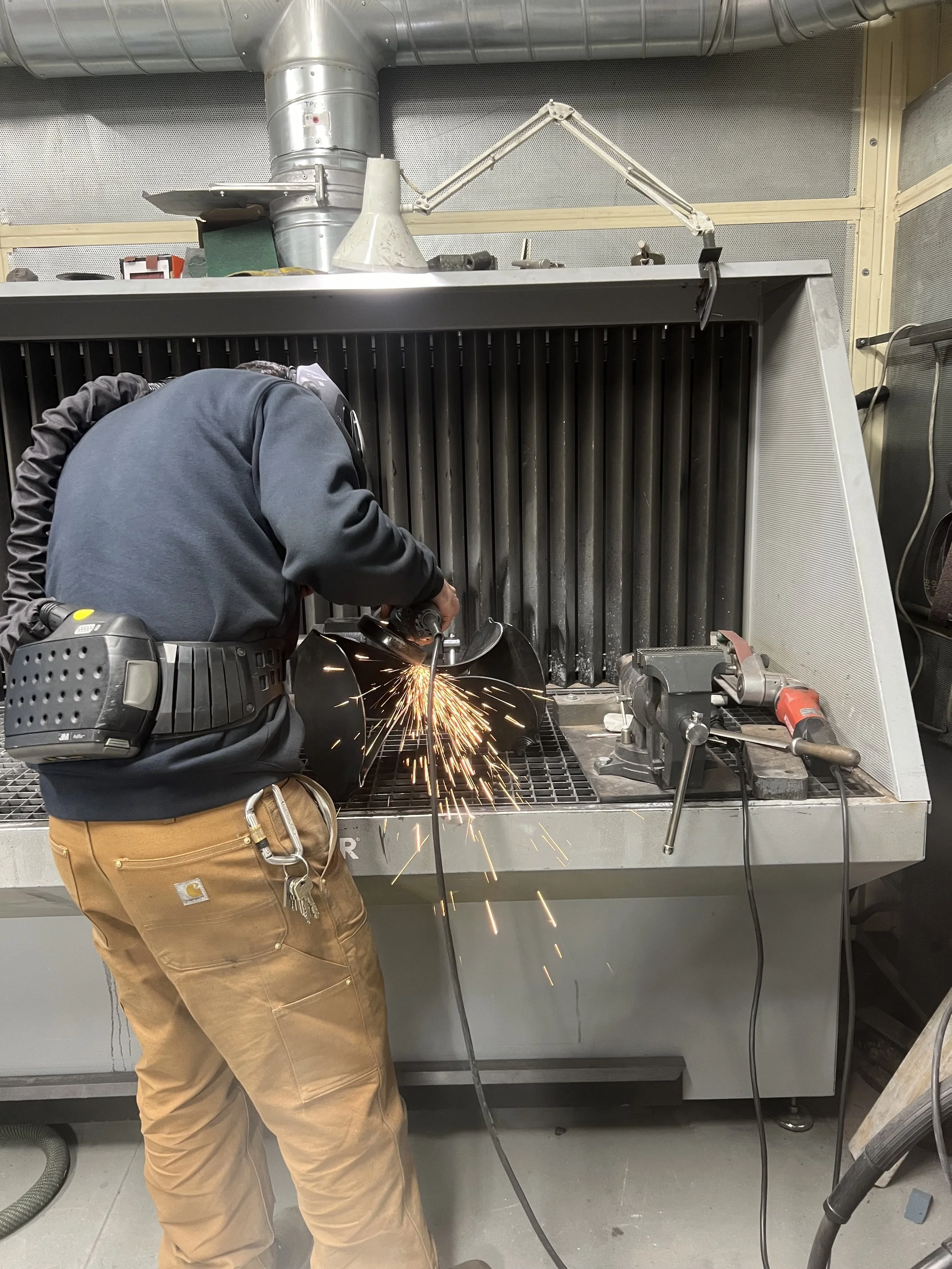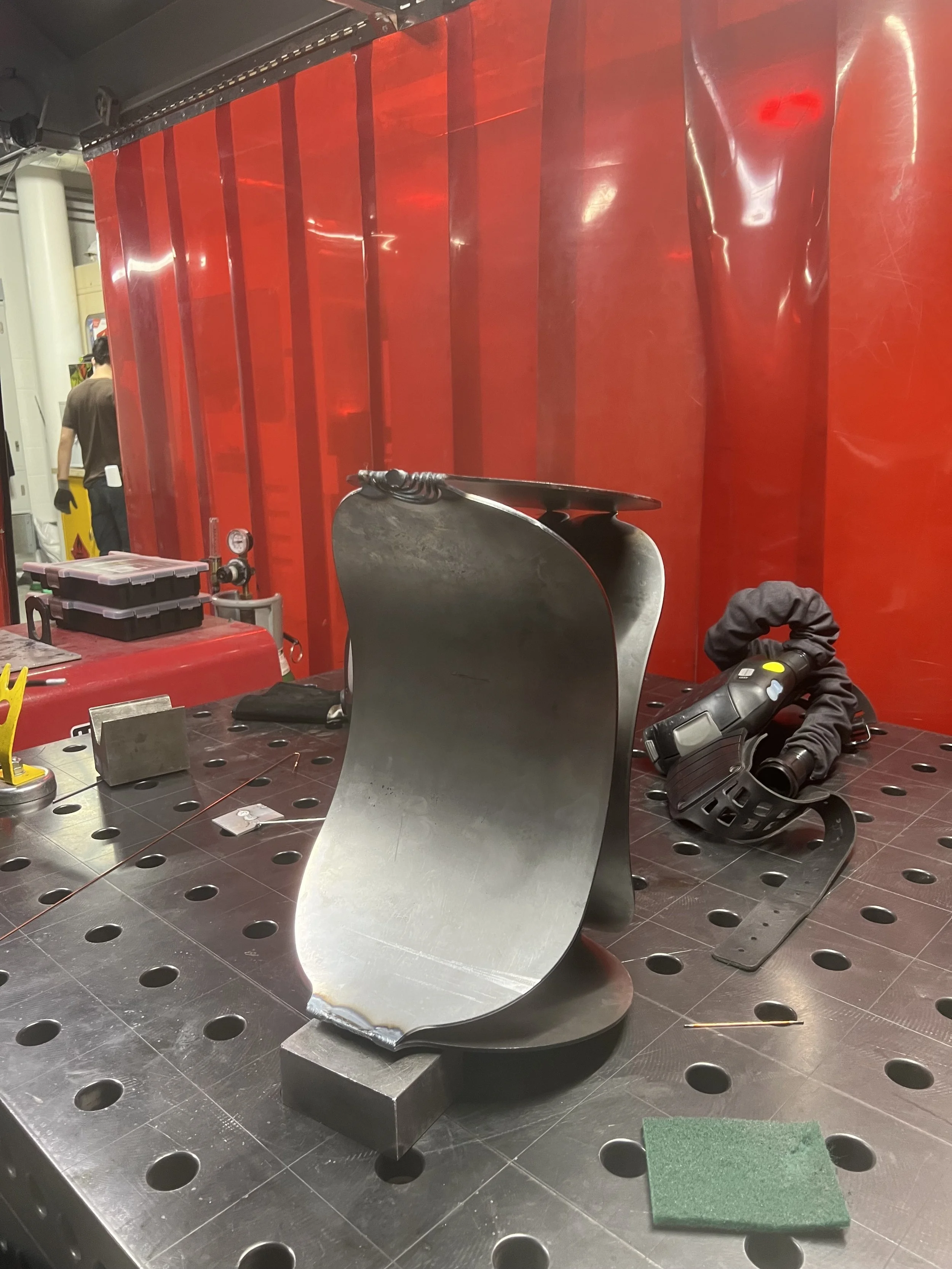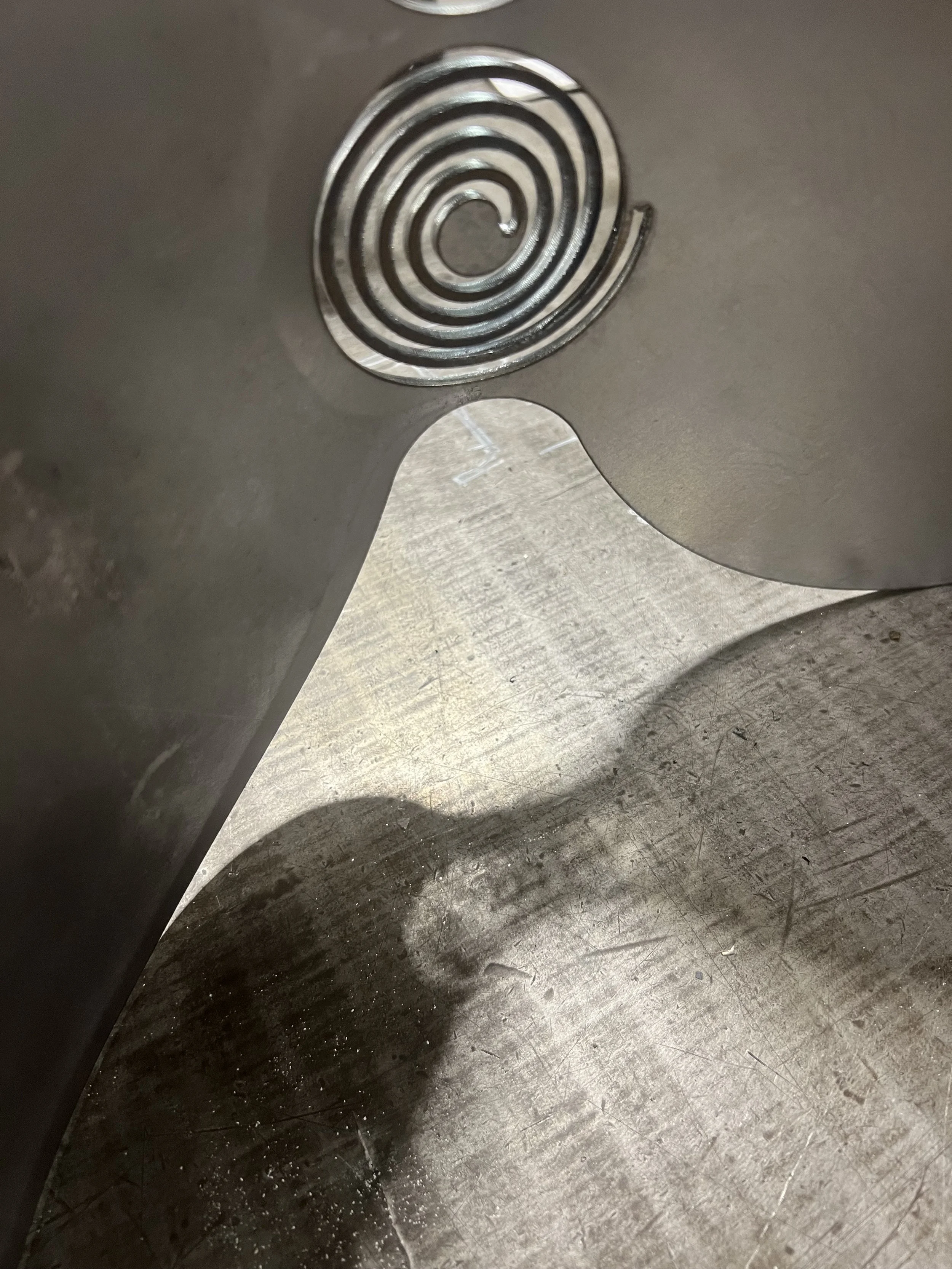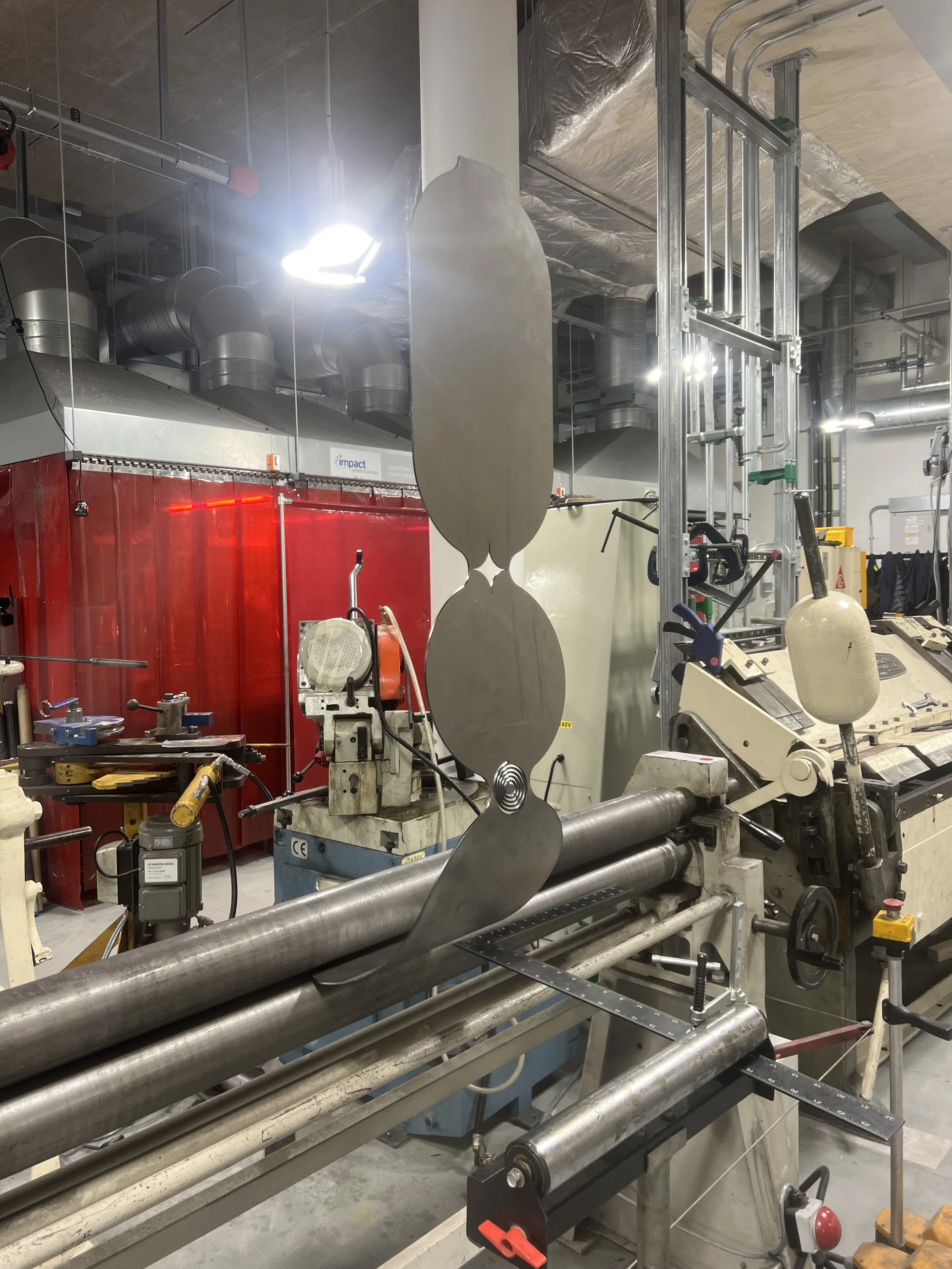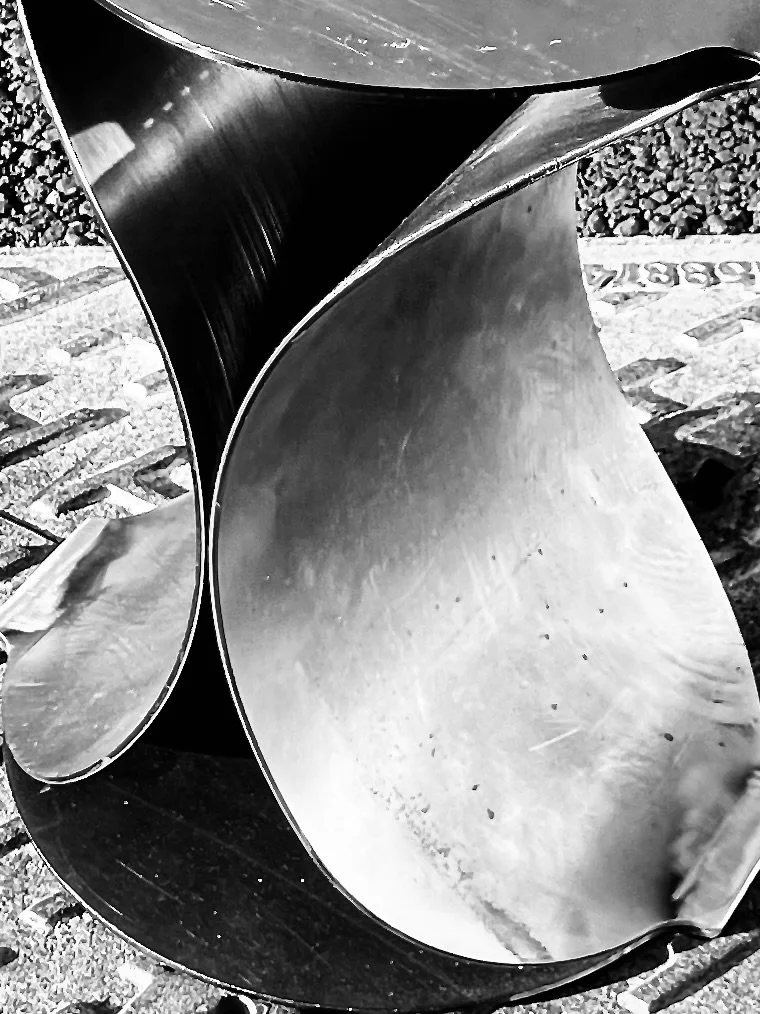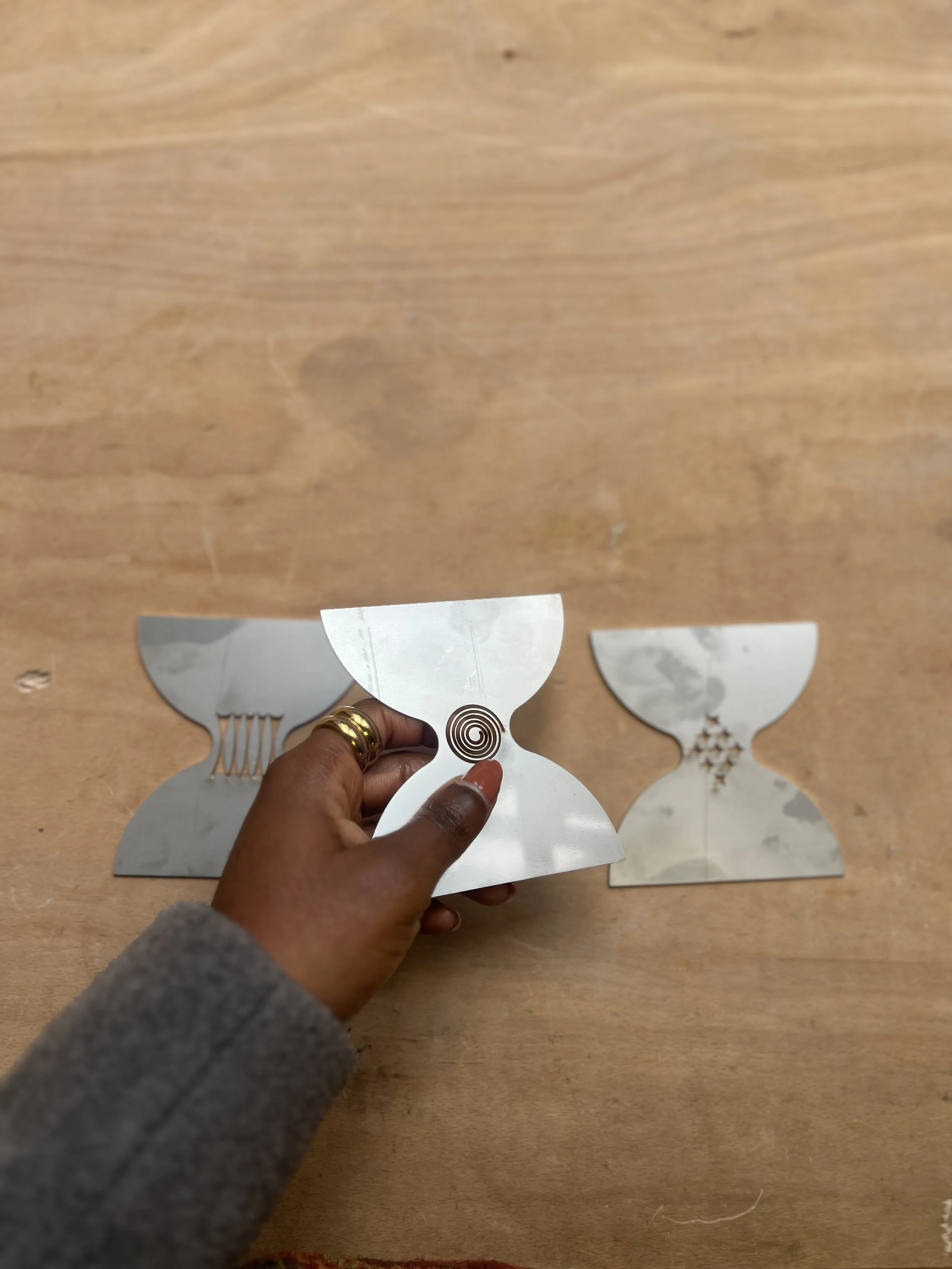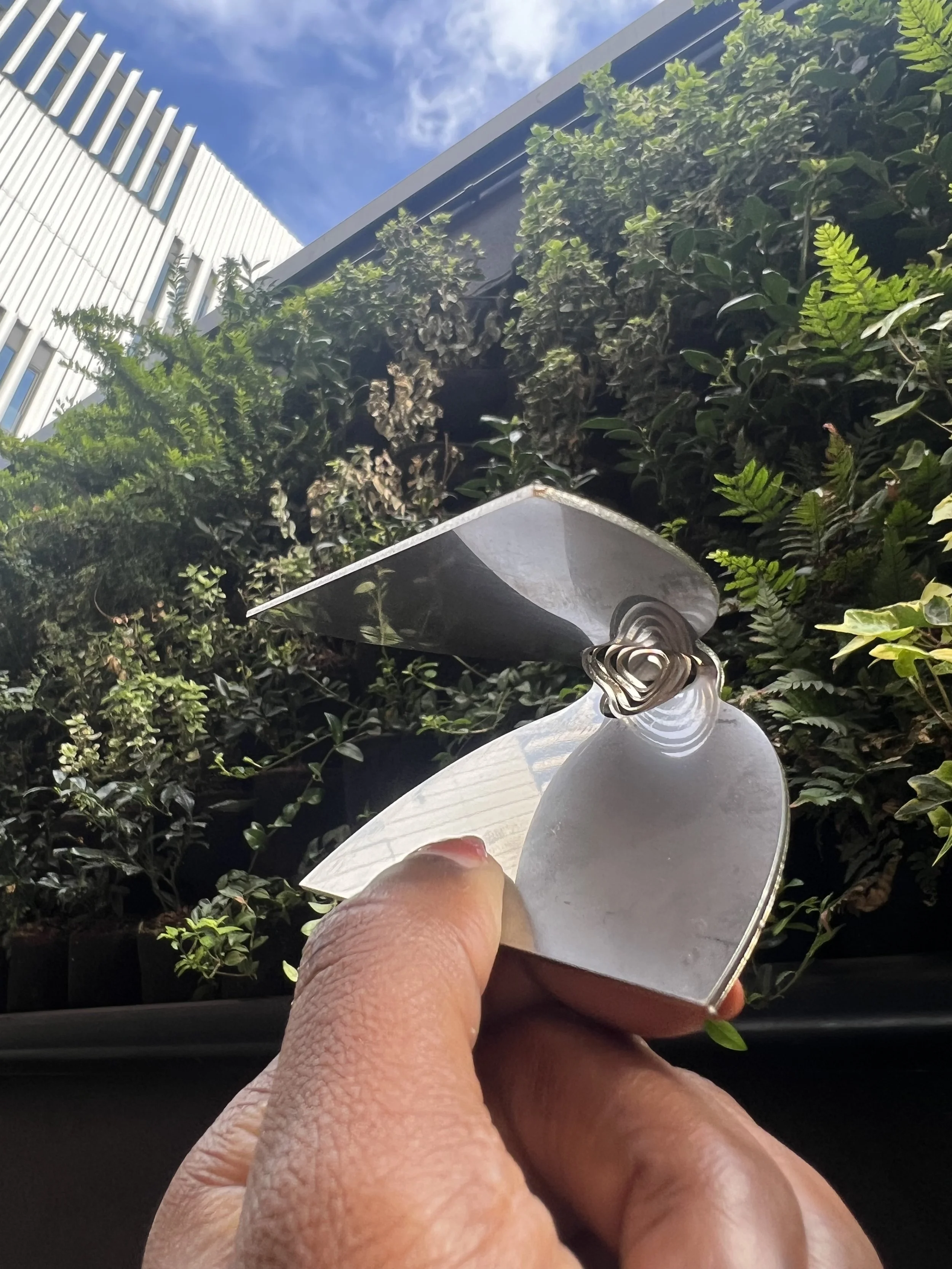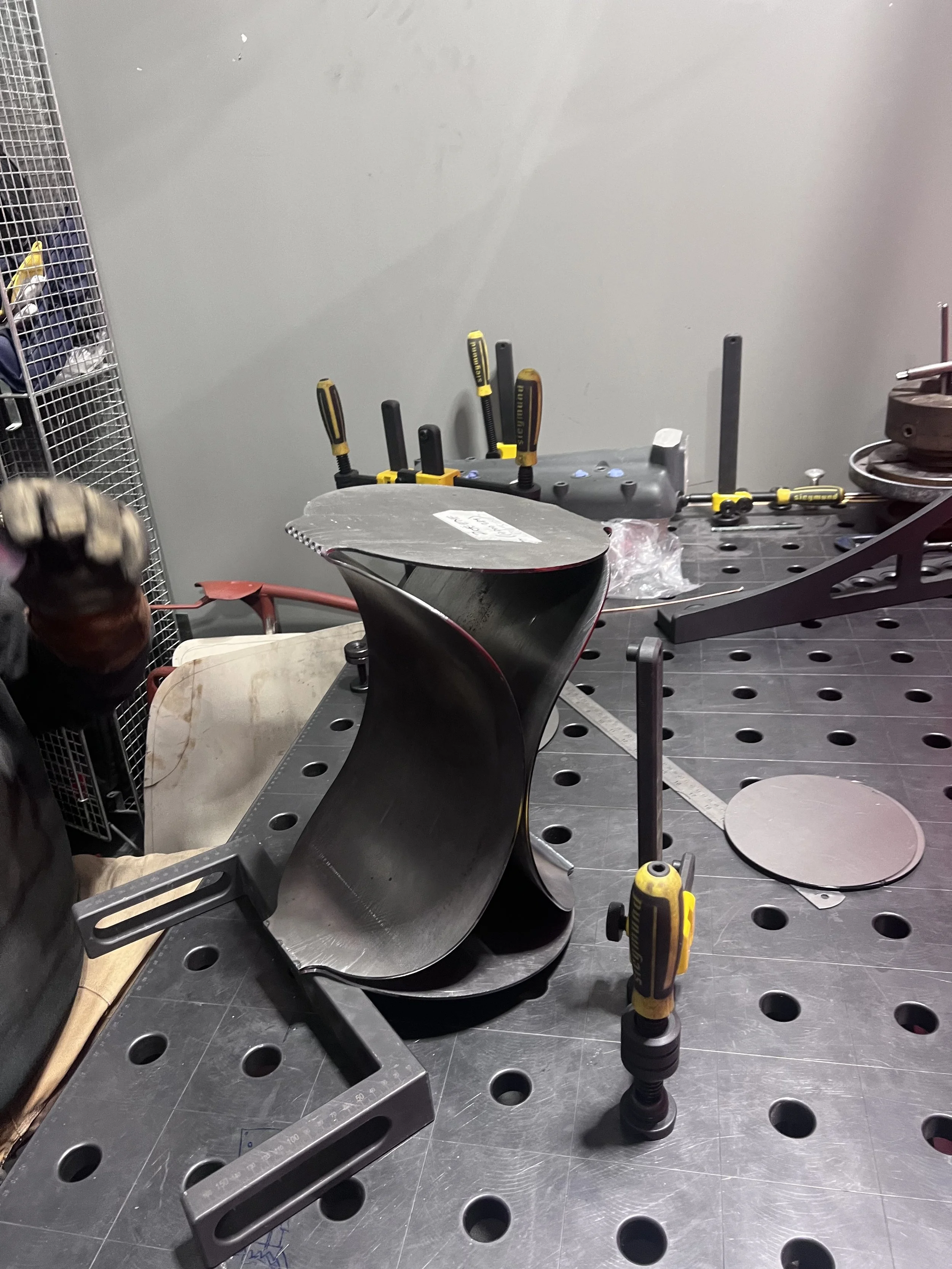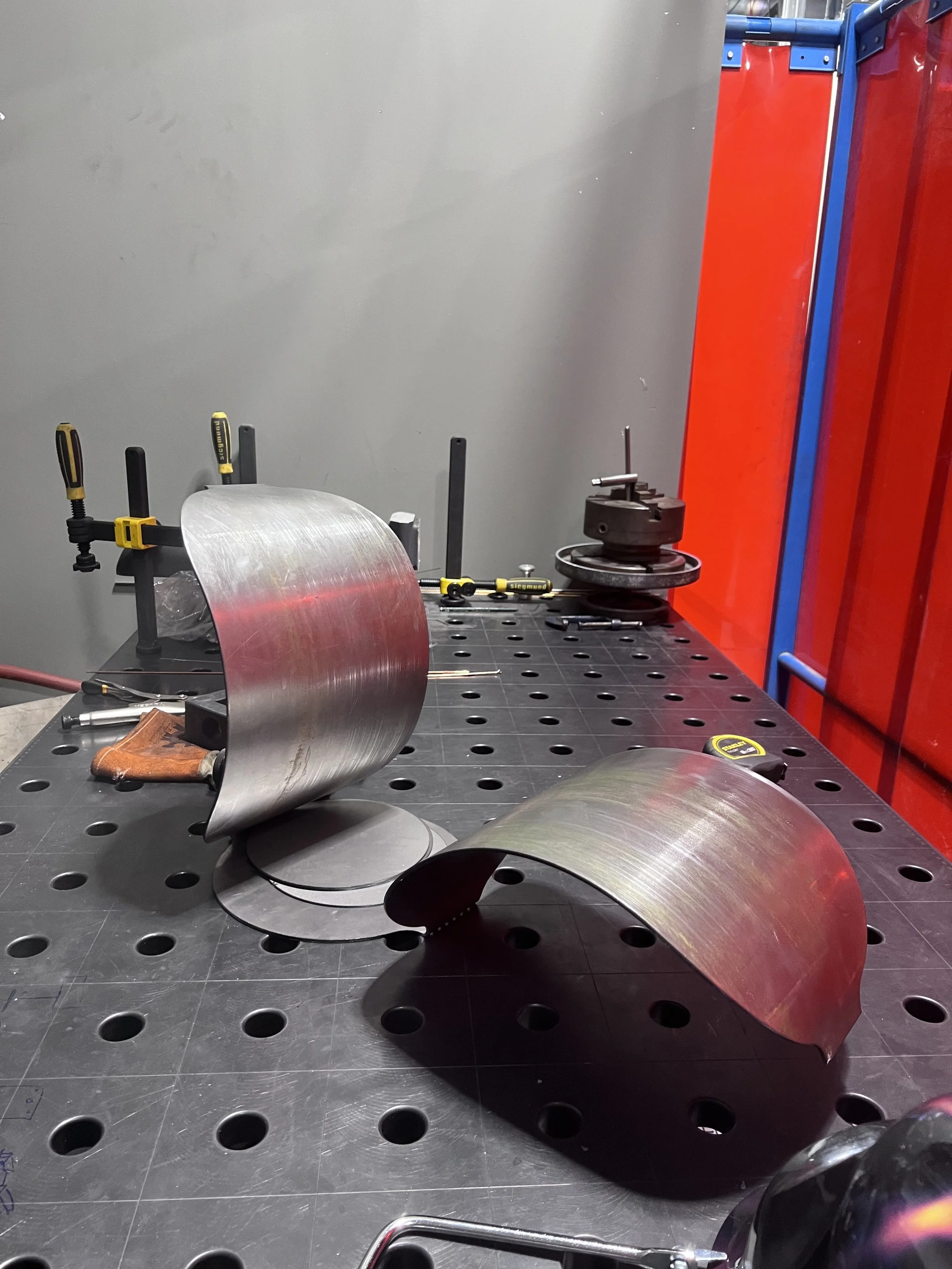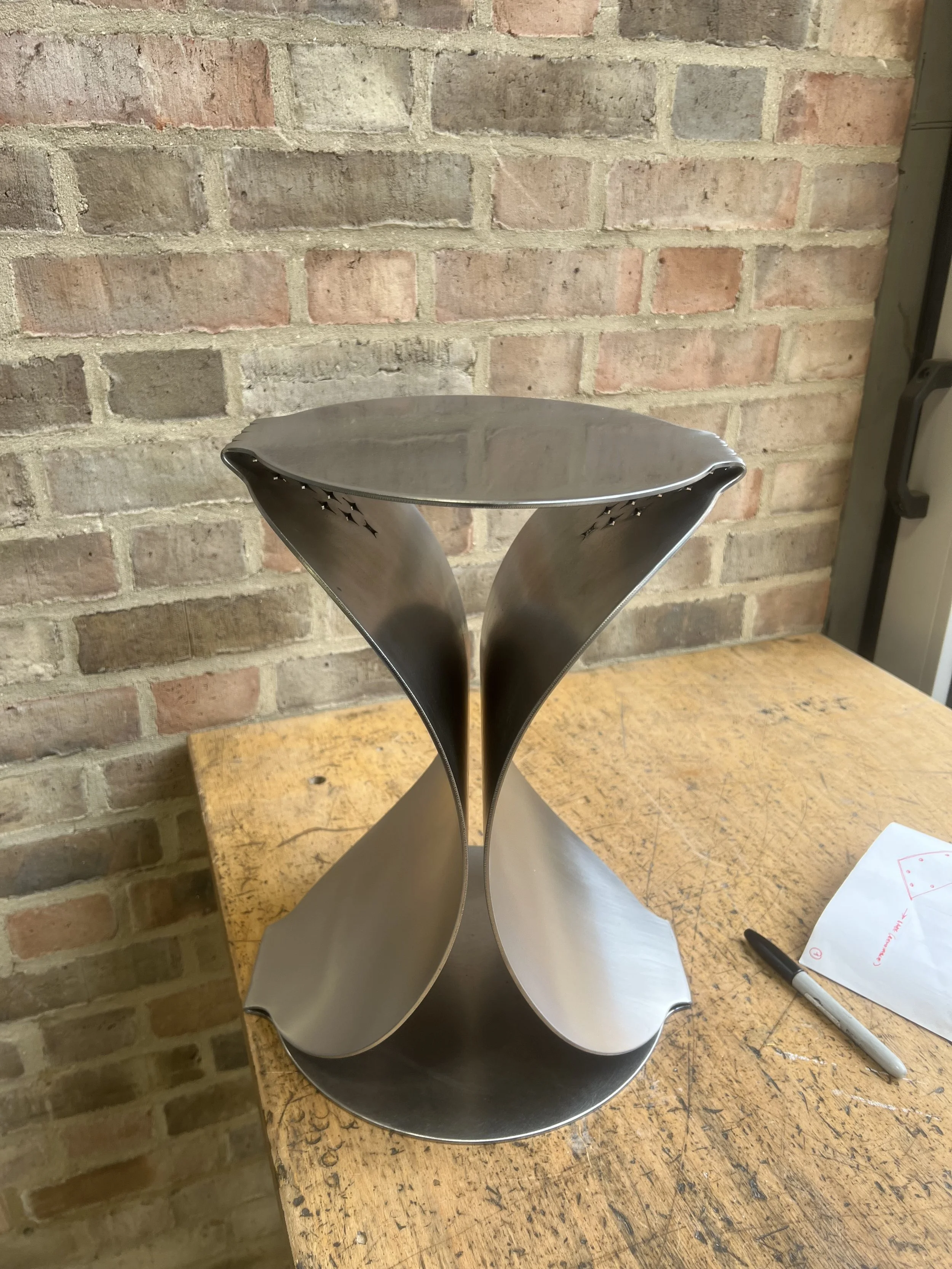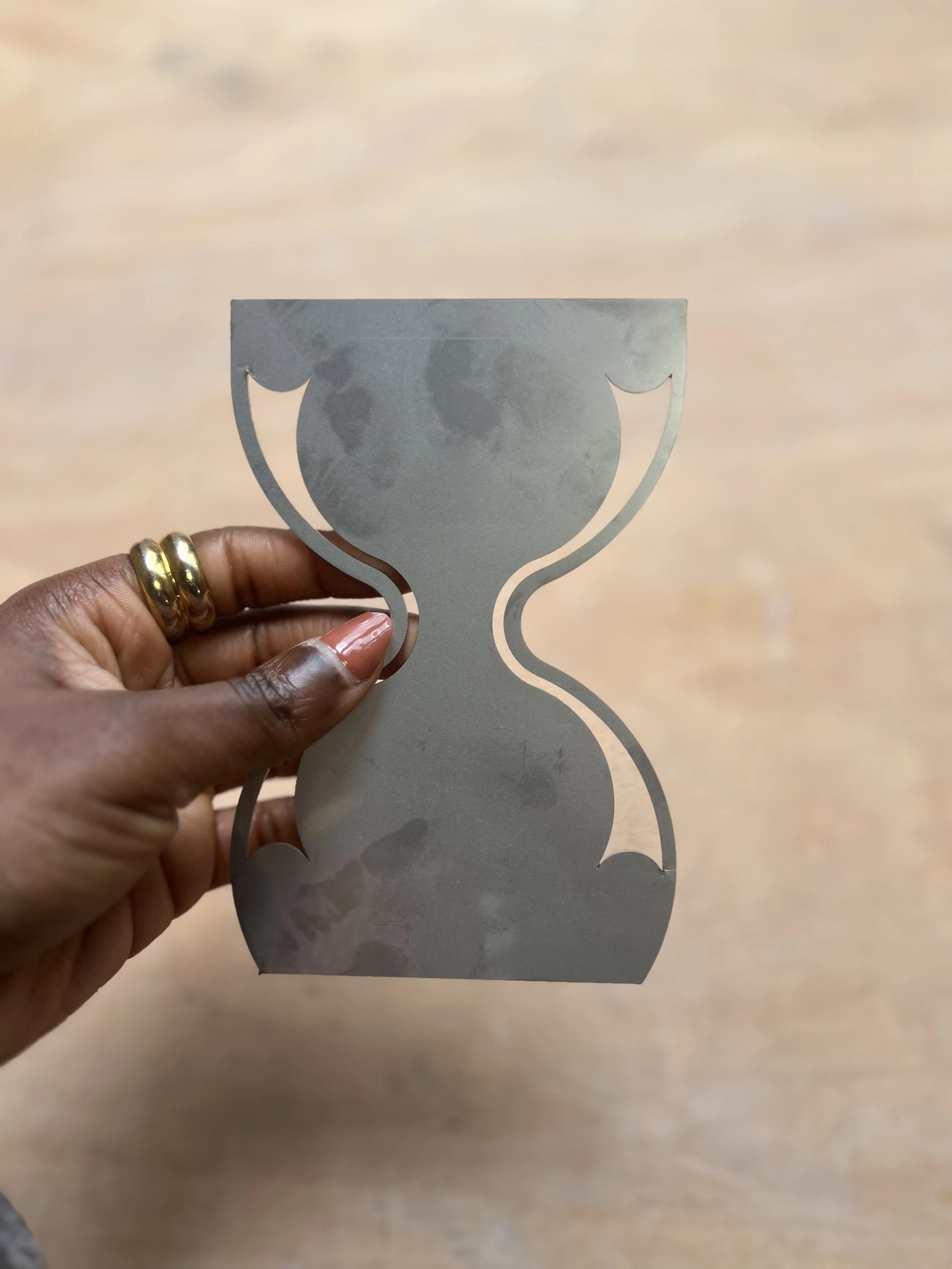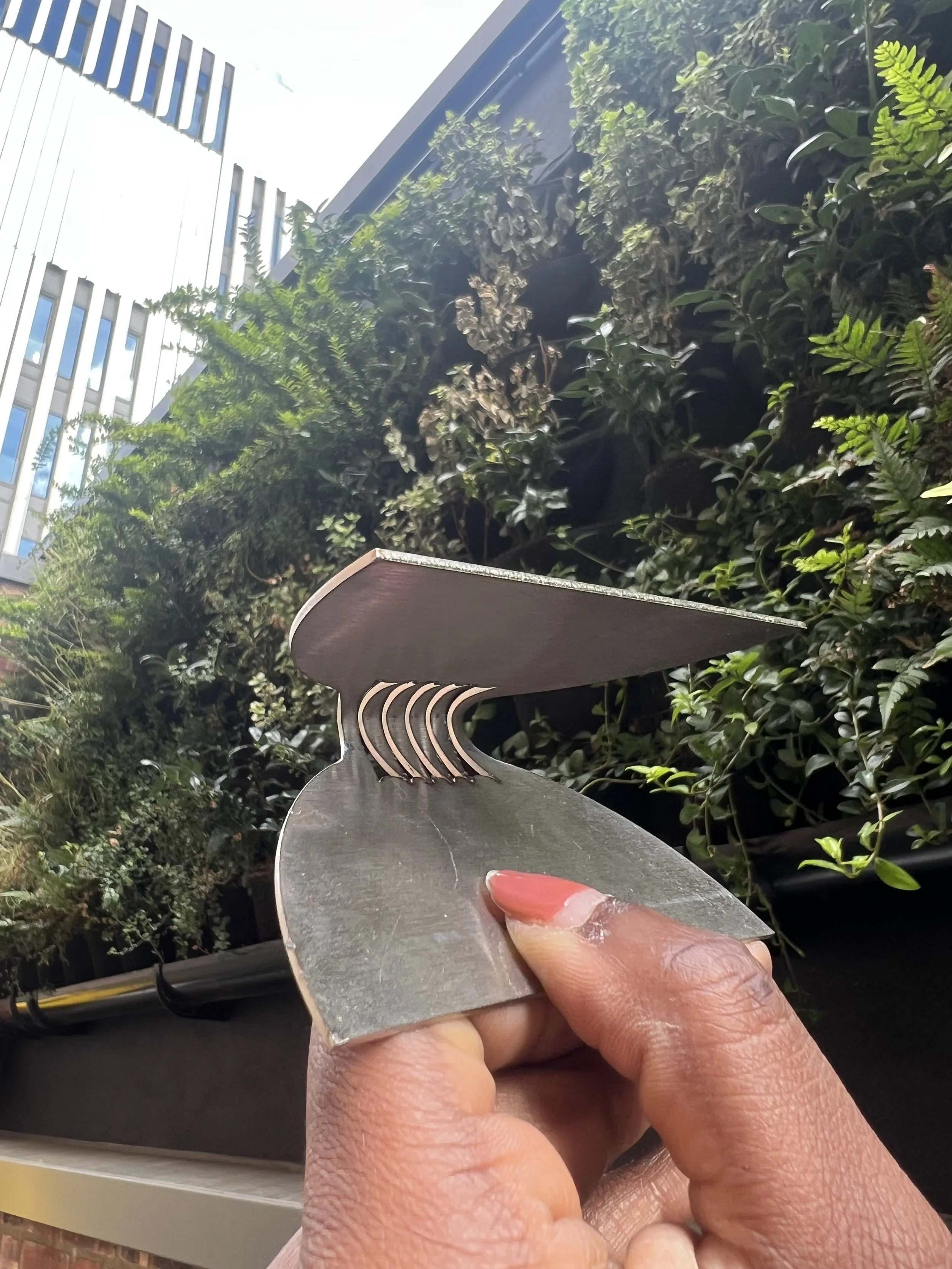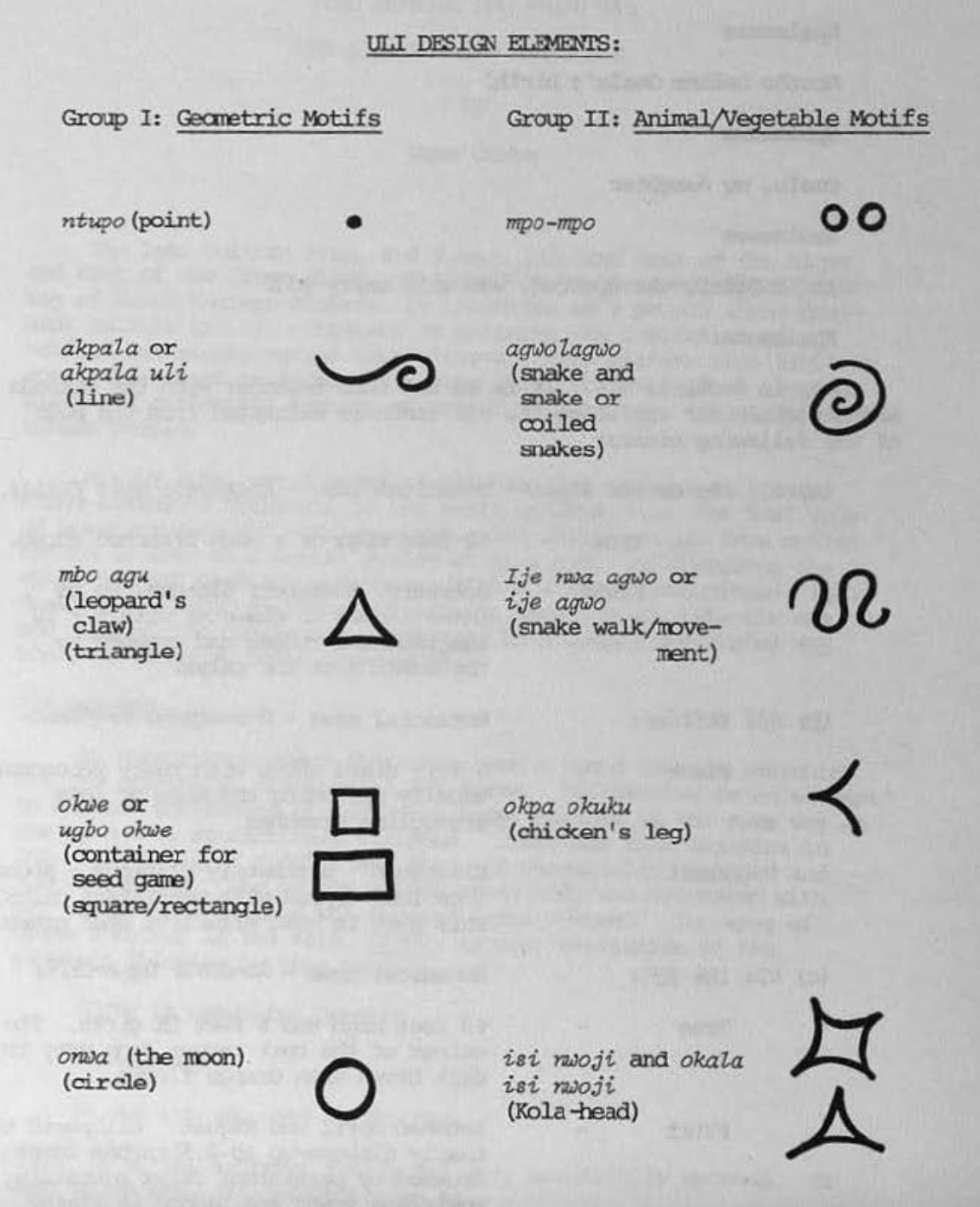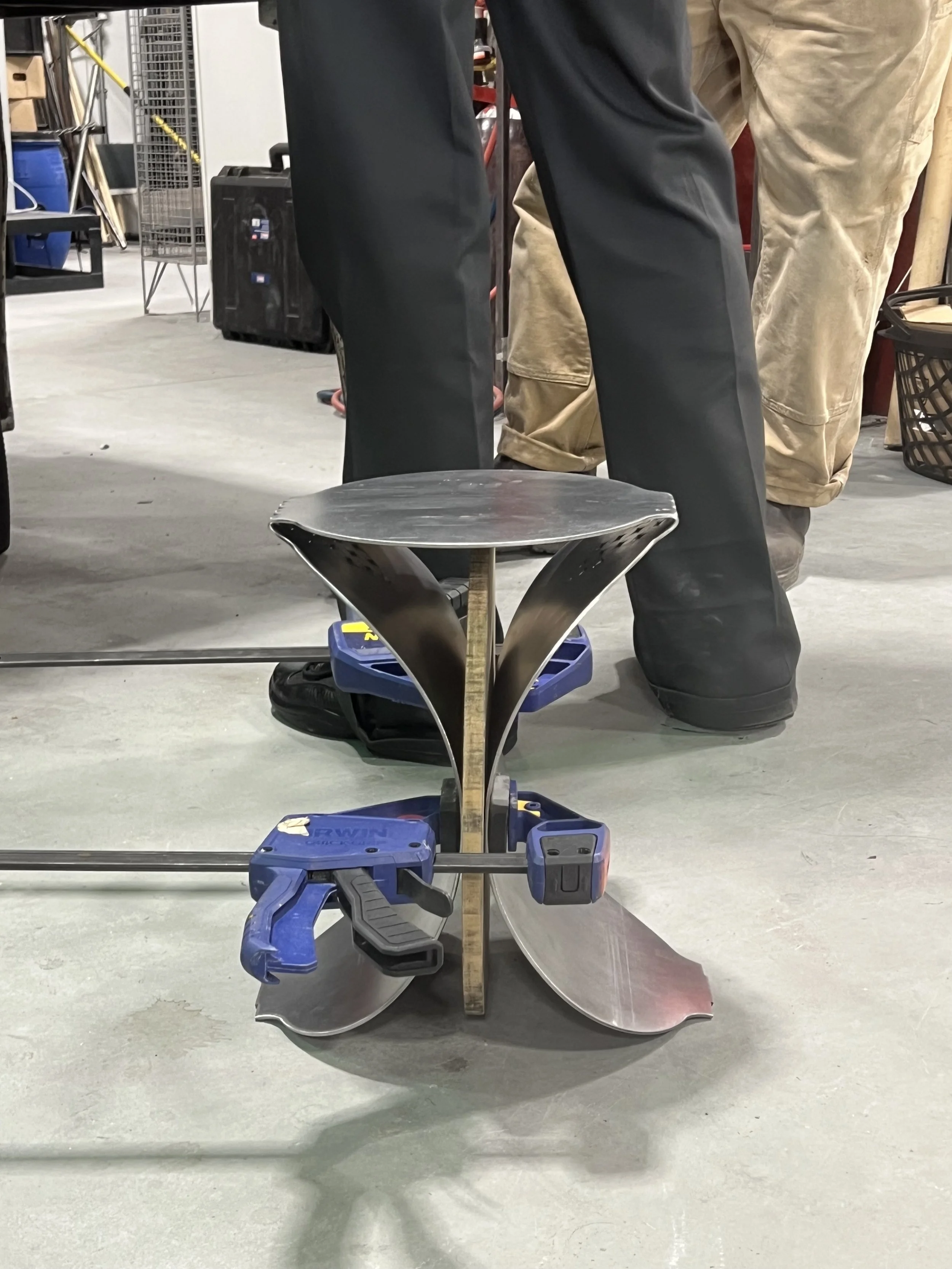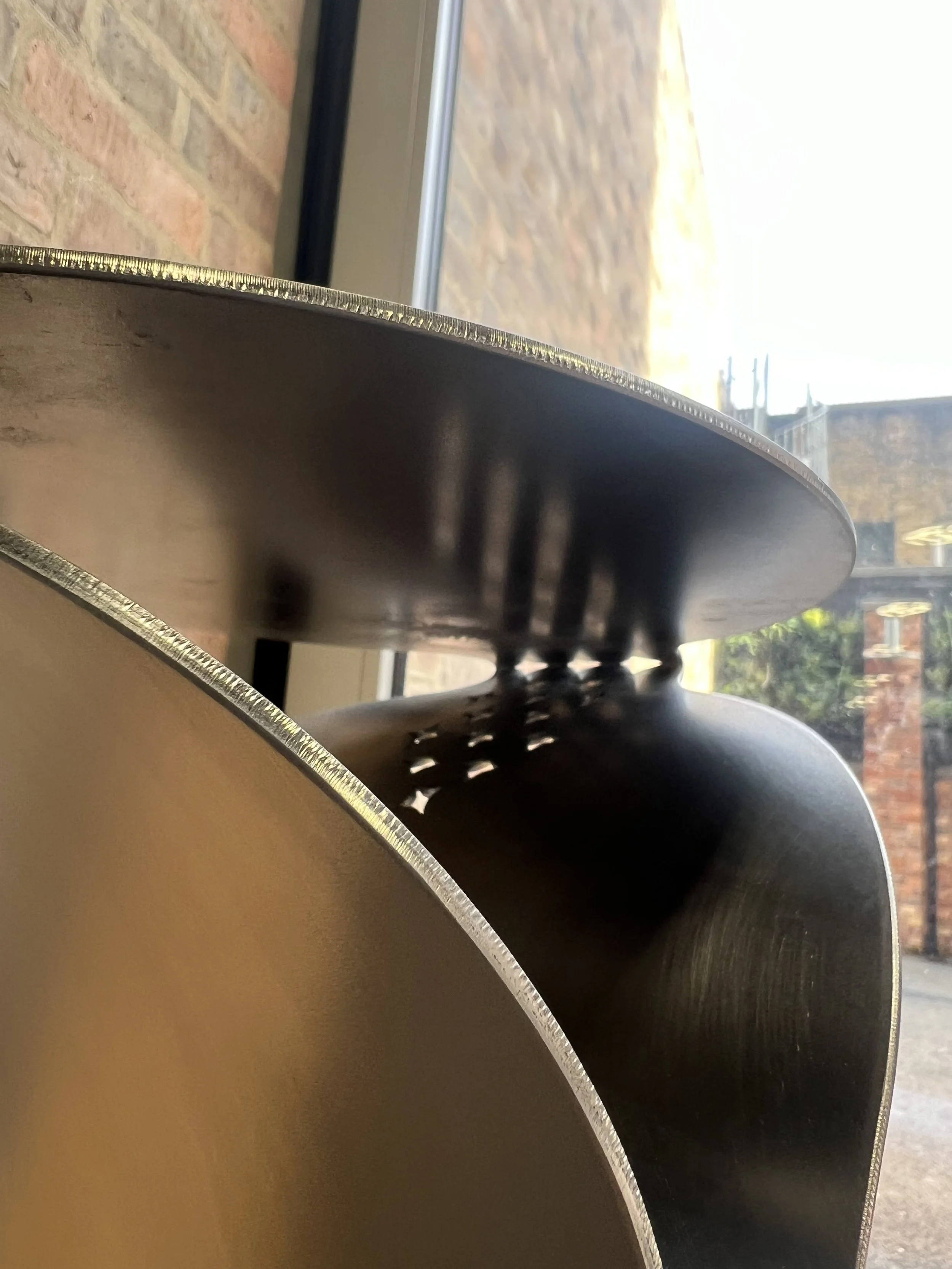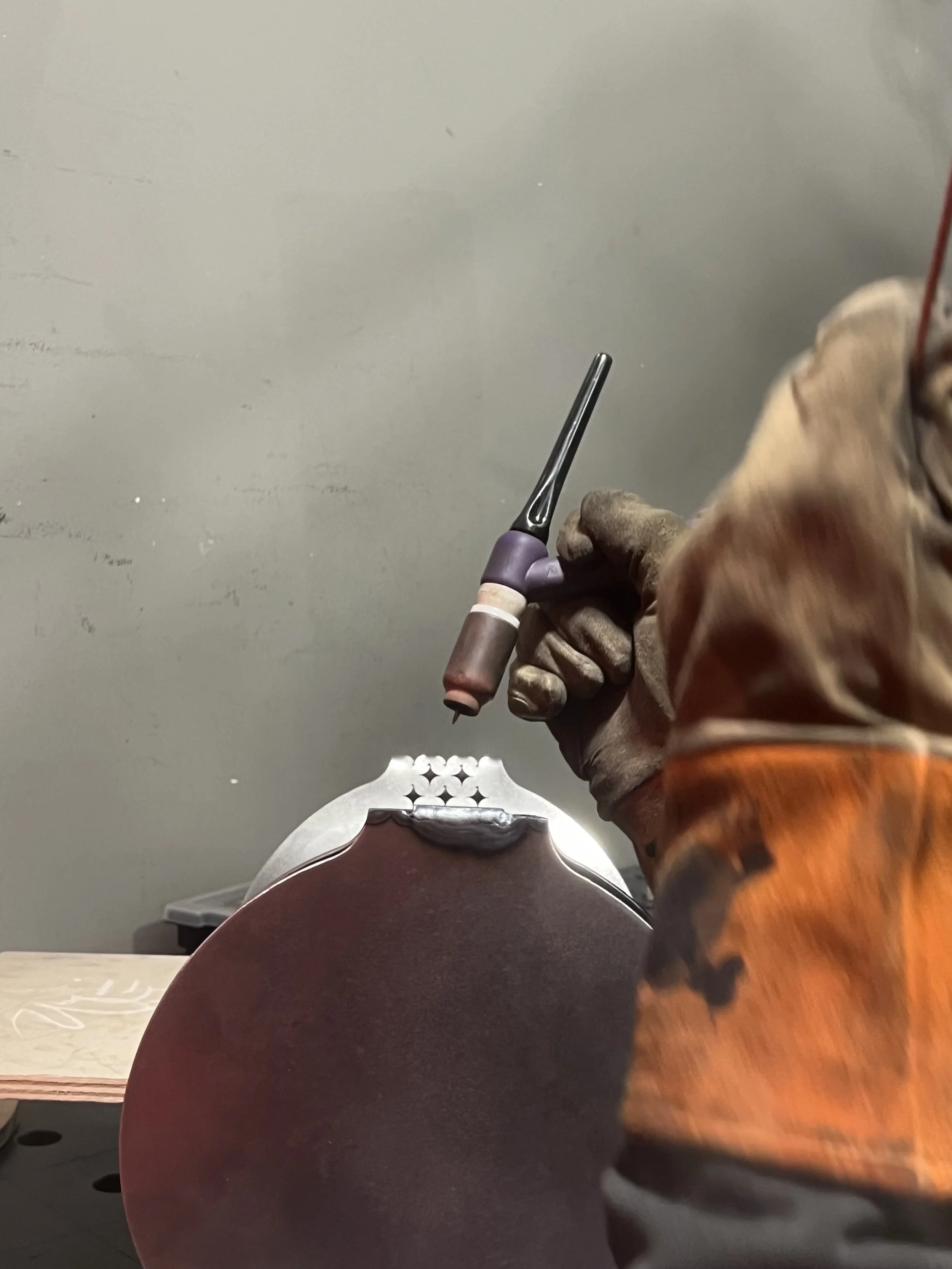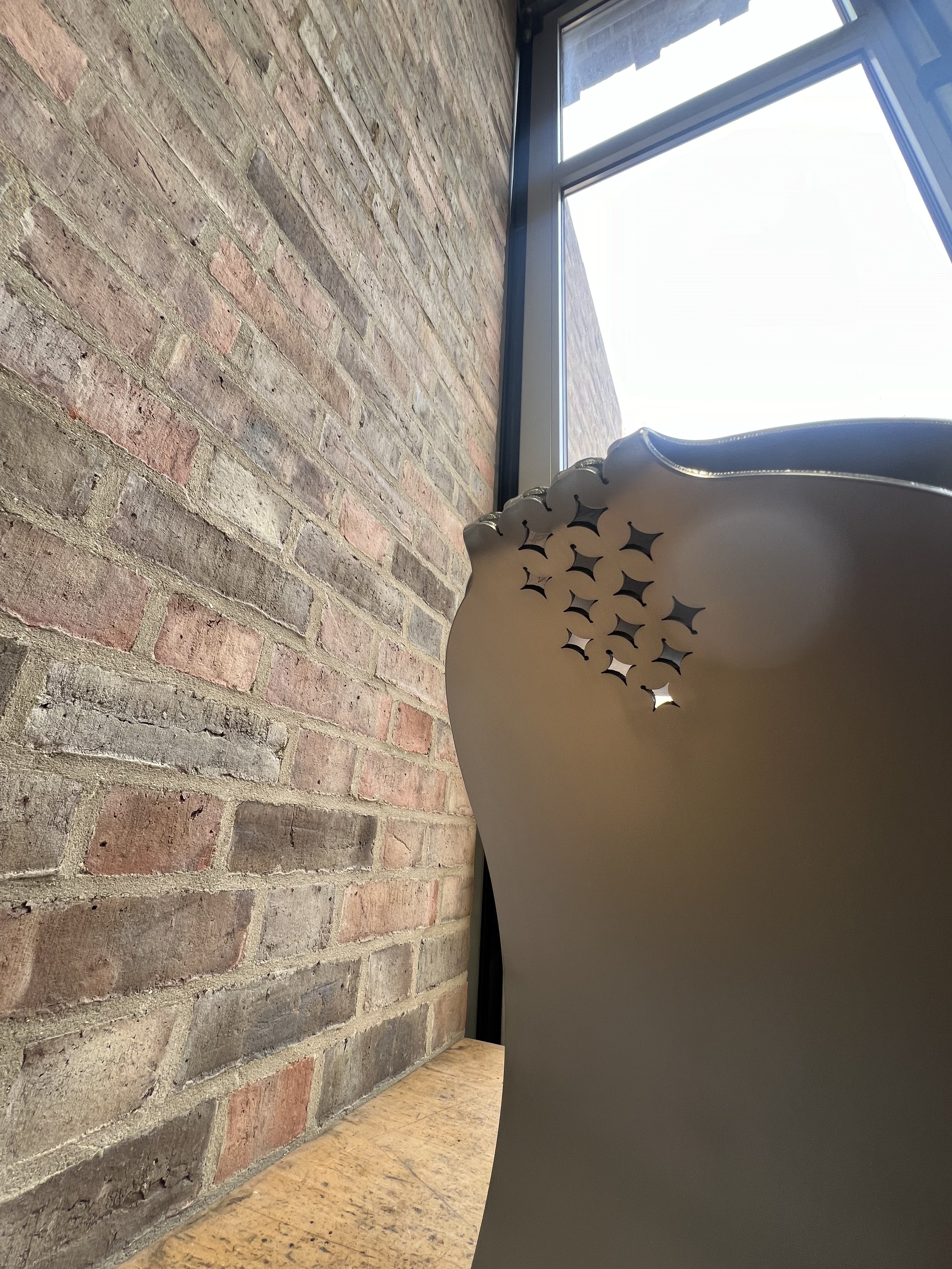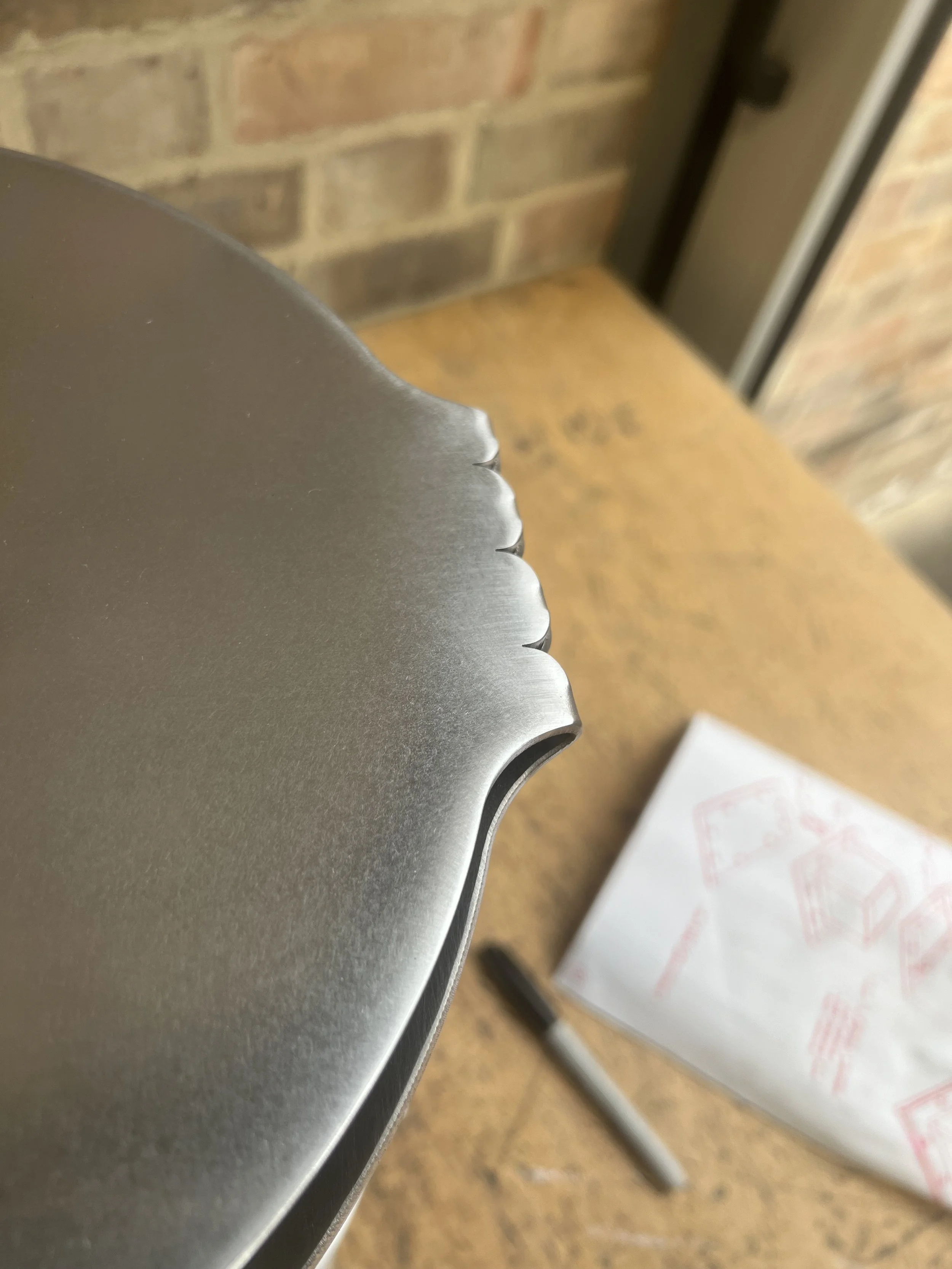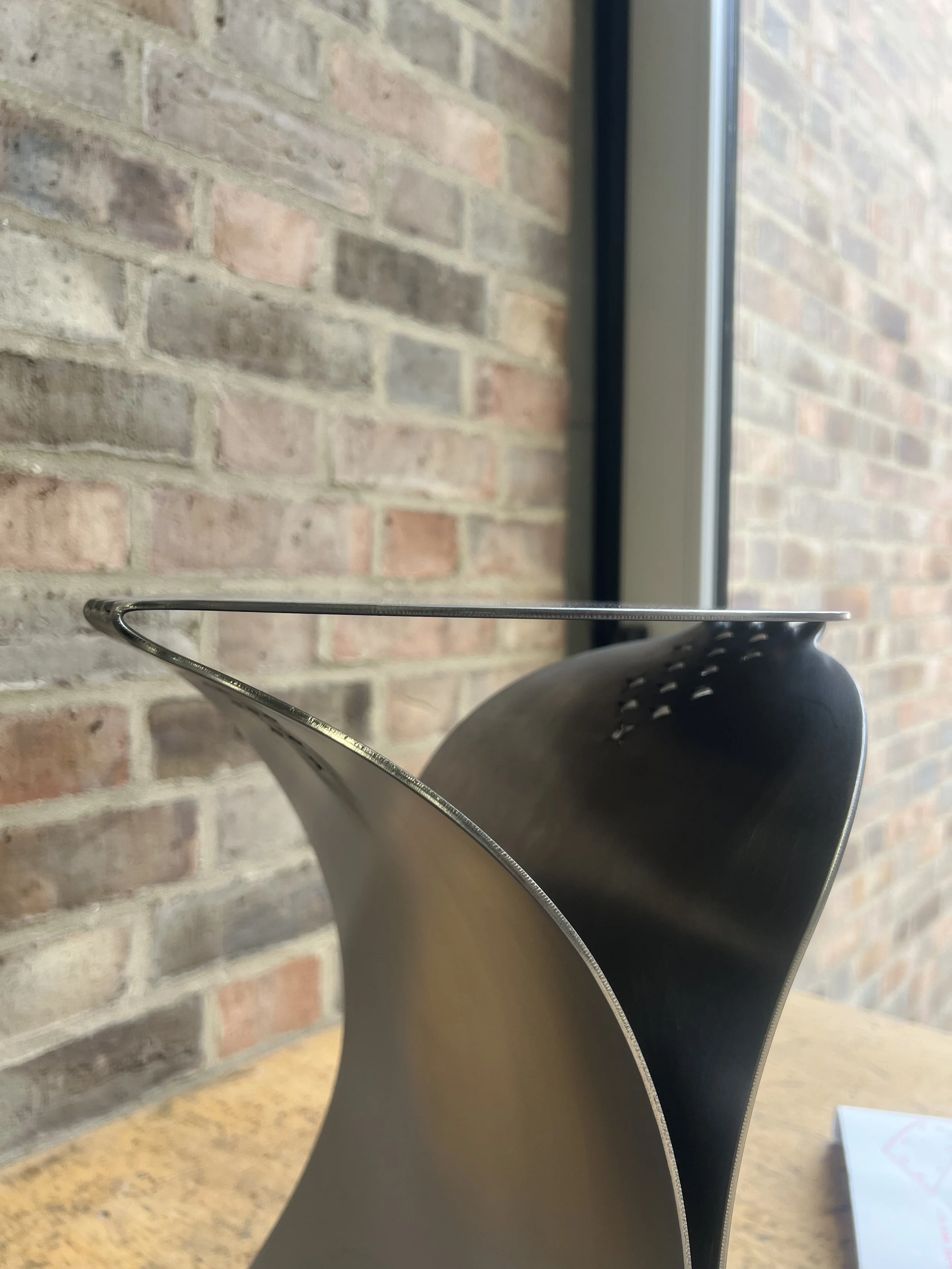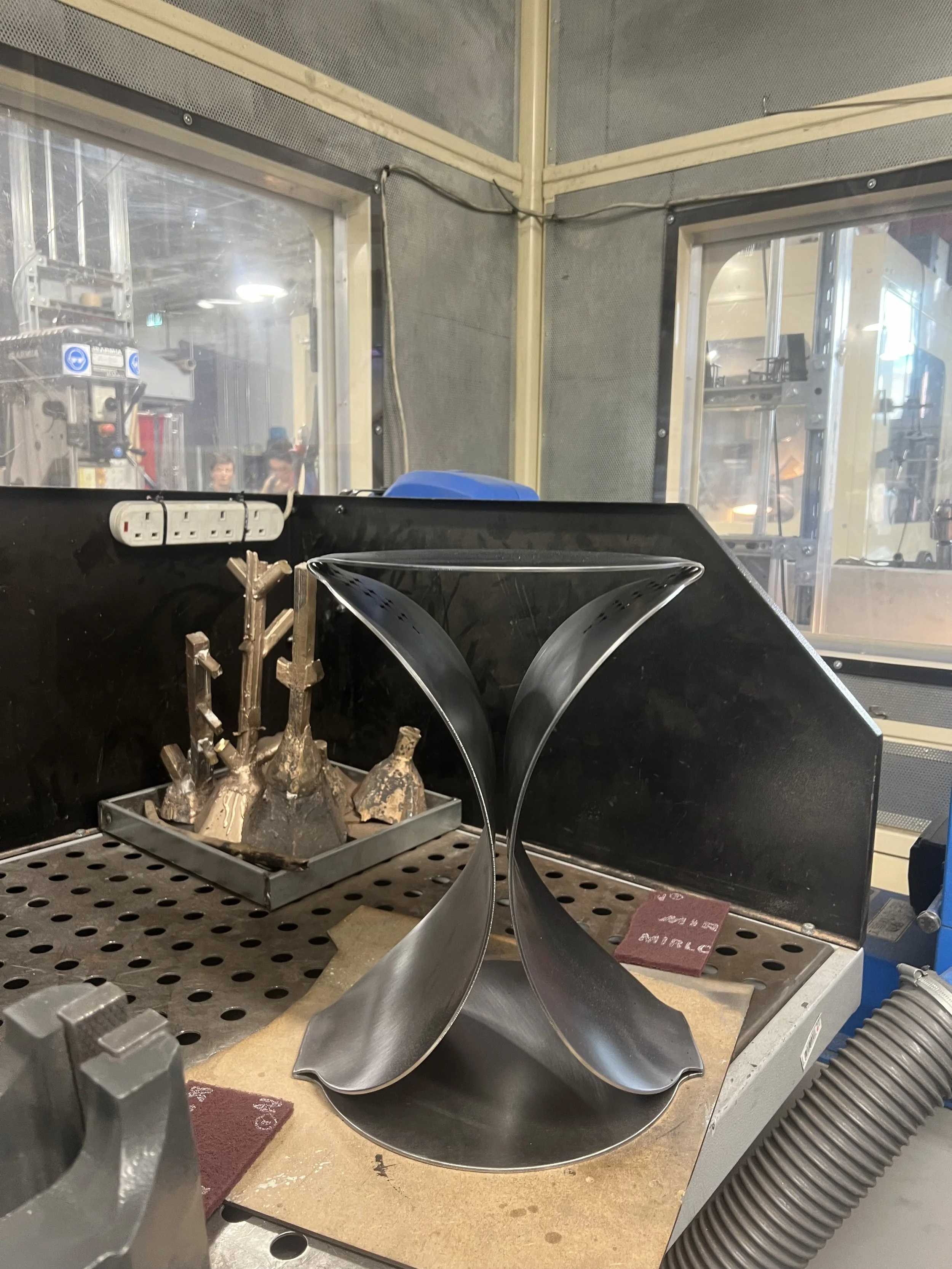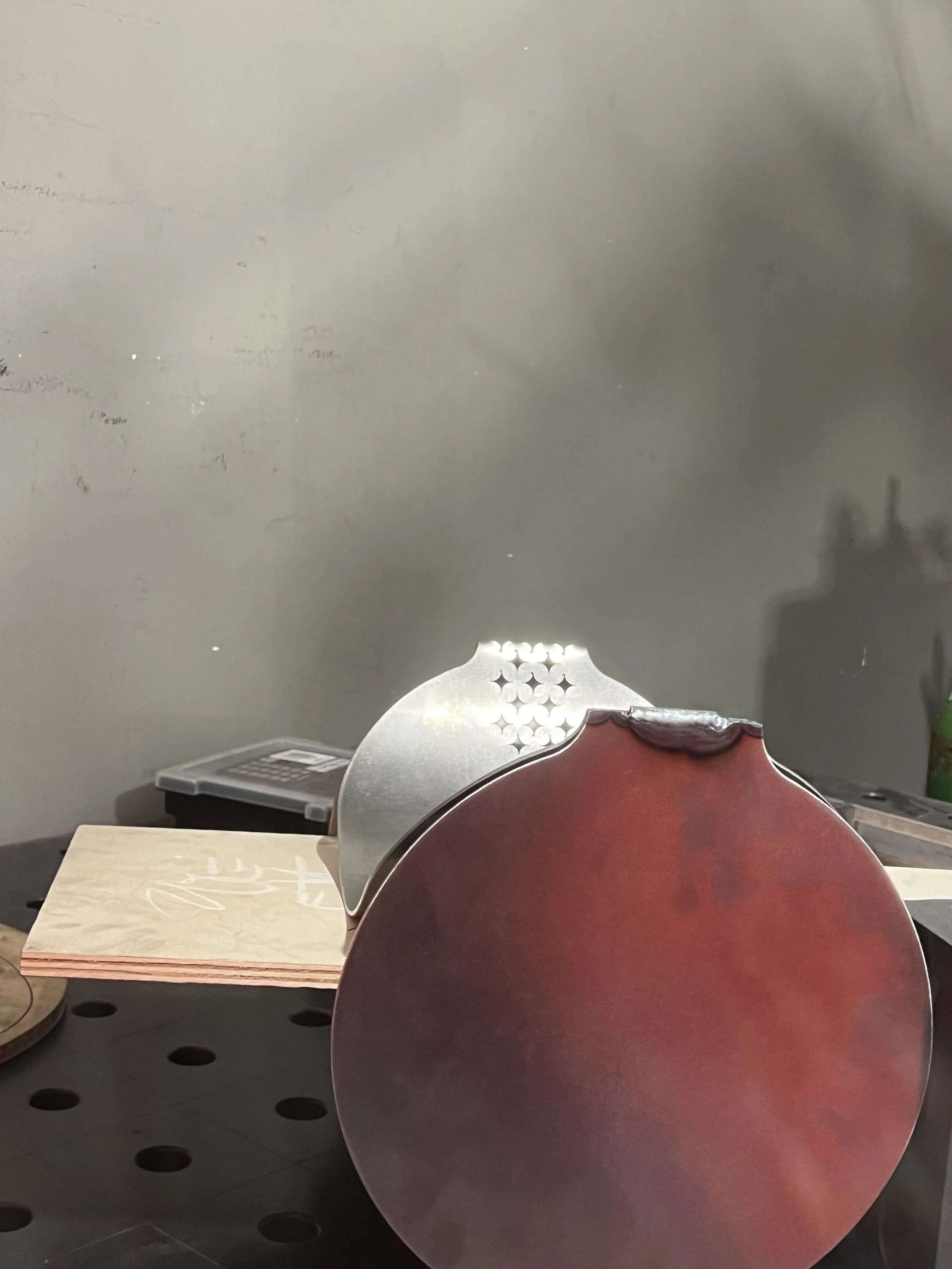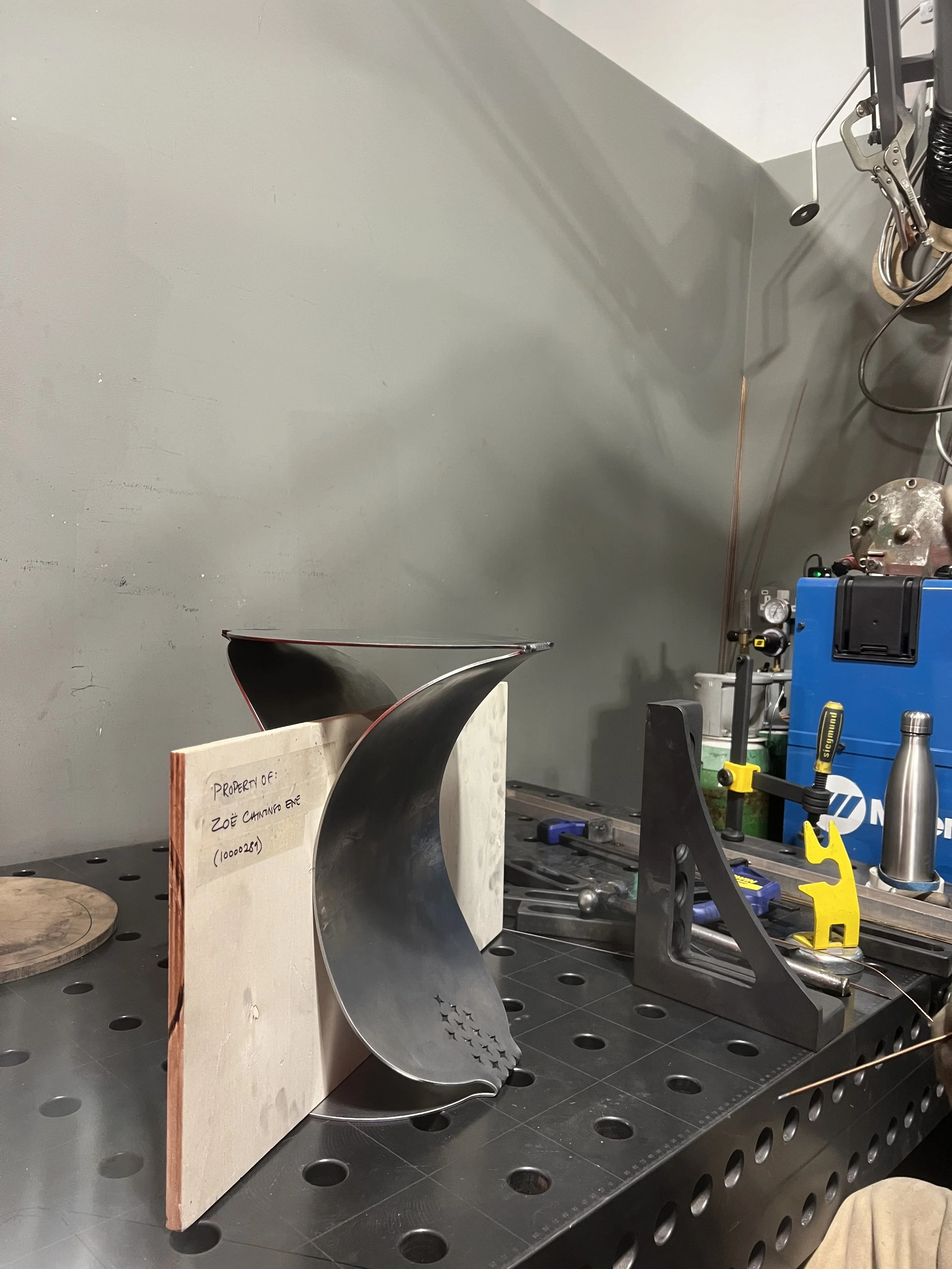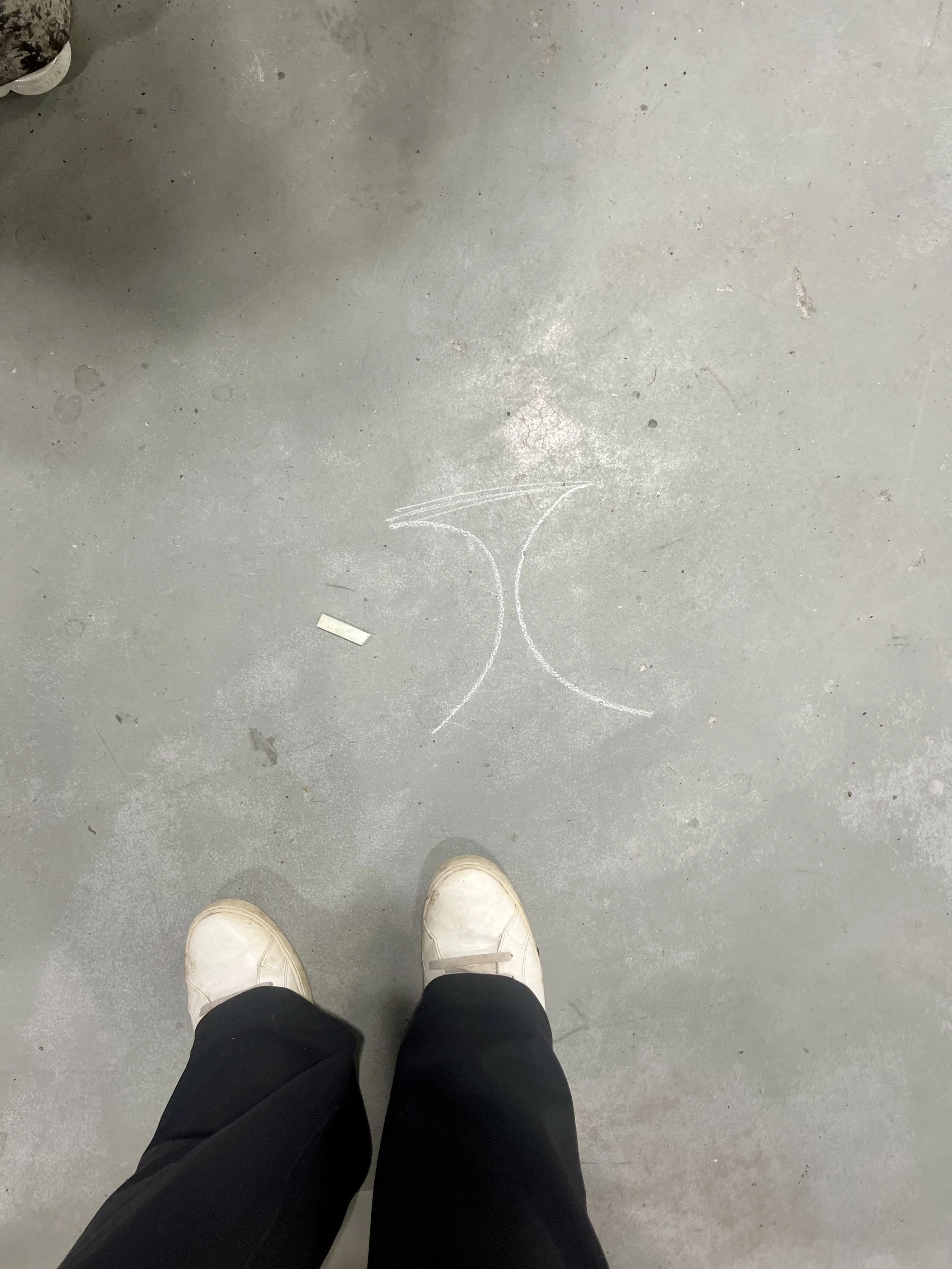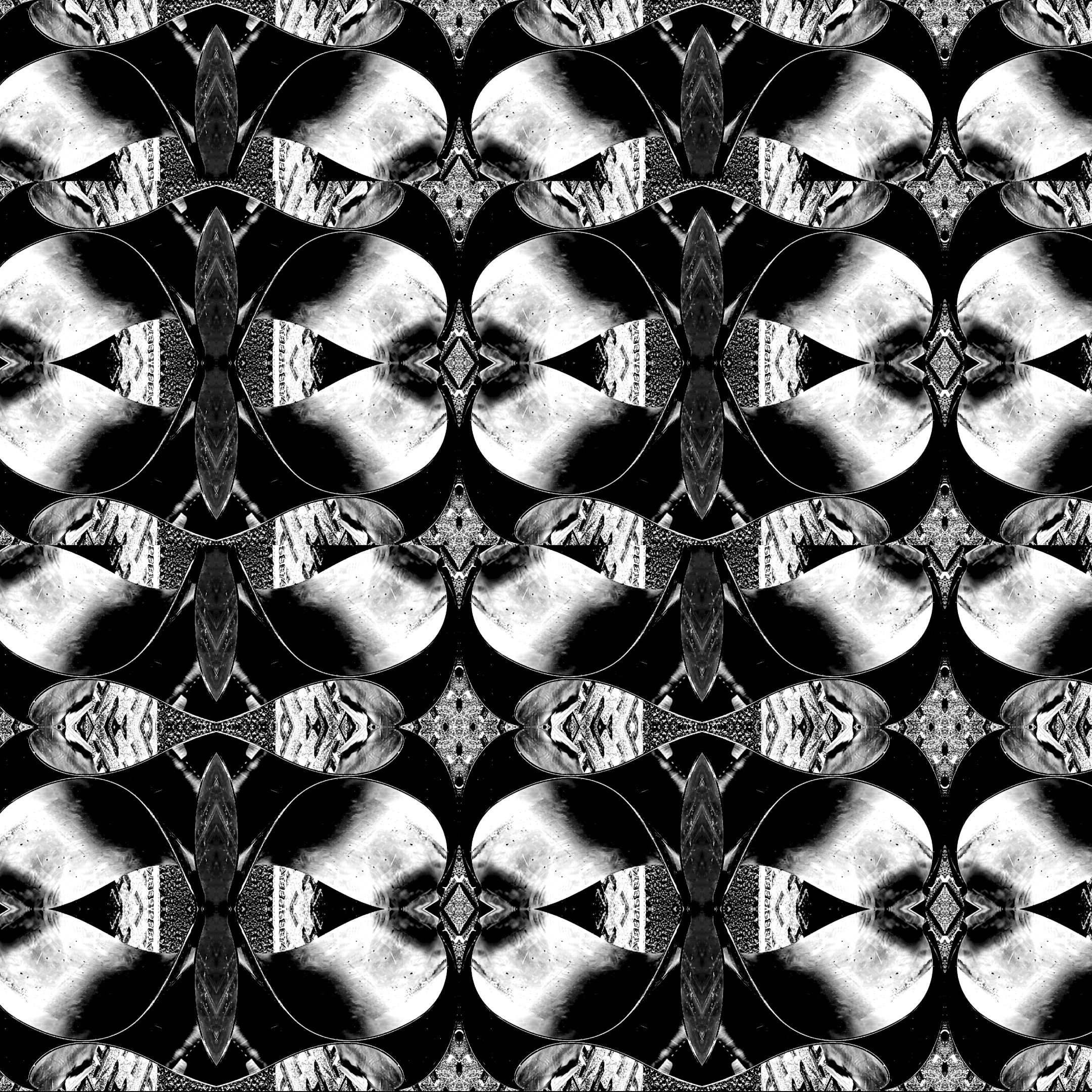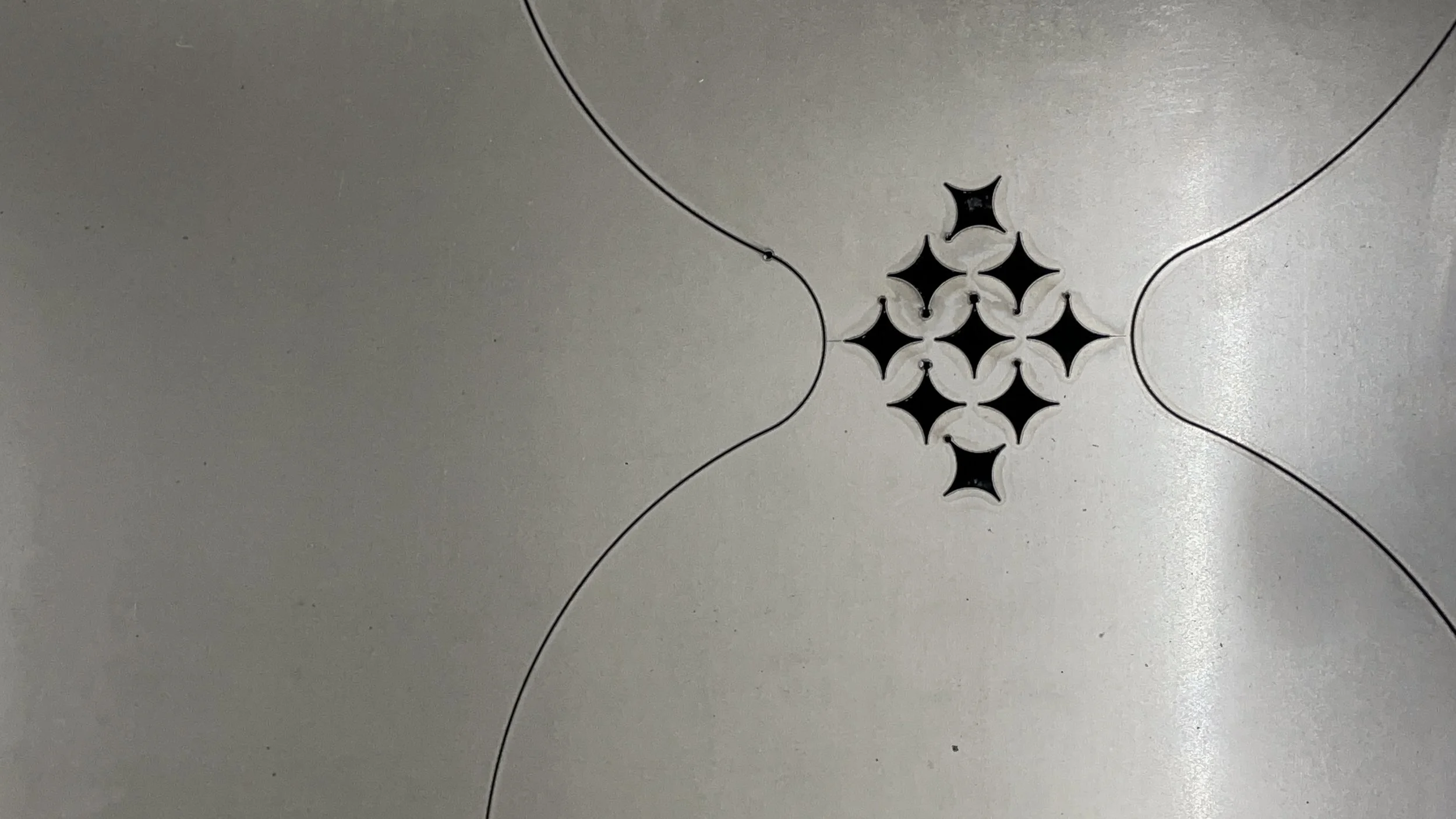
WHAT IF ORNAMENT TRANSCENDS THE SURFACE?IO stool
Uli and the machine-
Modernist architect Adolf Loos, famously asserted, in his 1910 lecture Ornament and Crime, that the evolution of culture is synonymous with the removal of ornamentation from objects of everyday use. [1]
Though Loos built a logical foundation for his argument, its definitiveness tied intellectual progress to cultural creative contexts. Could it disregard the value of potential design contributions and continuations from cultures with a history of ornamentation practiced with intention and layered meaning?
[1] Loos, A., & Opel, A. (1998) Ornament and crime: Selected essays, p.170-171 -
The IO stool is an ongoing experiment in embodying ornament, beyond the conventional limit of surface decoration, into the very fabric of a machine-made object; in its material manipulation, its formative structure, and even in the shape of its negative spaces. Its design engages the Igbo-Nigerian graphical language of Uli, the two-dimensional motifs of this historical “communication expression”. [2]
[2] Sanders, R. R. (2013) The Legendary Uli Women of Nigeria: Their Life Stories in Signs, Symbols, and Motifs. -
IO is a nod to the Uli motif isi oji, though not in moniker alone. Each curve and gap tells an intentional story, seamlessly integrated into its structure. Isi oji, a direct abstraction of the negative shape seen when looking down onto a kola nut (a staple in Igbo culture) is echoed in the triangular gaps between where the stool’s rolled mild steel body meets and separates. Take a look.
The stool also plays with the use of pattern as a hinge that aids the bending process becoming both a structural component and carrier of a distinct visual voice; a functional ornament. Even production waste - steel cutouts and stencils - can be used as a mark-making tool for fabric and other applications, essentially closing the circle and poetically returning to two-dimensionality.
-
This project is more than furniture but about the critical conversations sparked between tradition and innovation, culture and aesthetics, craft and the machine.
More writing coming soon. -
Zoë is a design researcher, product/experience designer, and experienced daydreamer thinking critically about the borders between craft and design by exploring methods for including traditional in/tangibles in industrialized product design processes.
She holds a BFA (Conferred with Honors) in Industrial Design from the Rhode Island School of Design; her senior thesis project queried the myopic nature of design cultural references in her department's industrial design history curriculum. As a Ph.D. candidate at the Royal College of Art’s School of Design, she evolves that query. Her research contemplates if practical engagement with historical design knowledge could lead to authentic output and innovative options in the Nigerian design-scape.
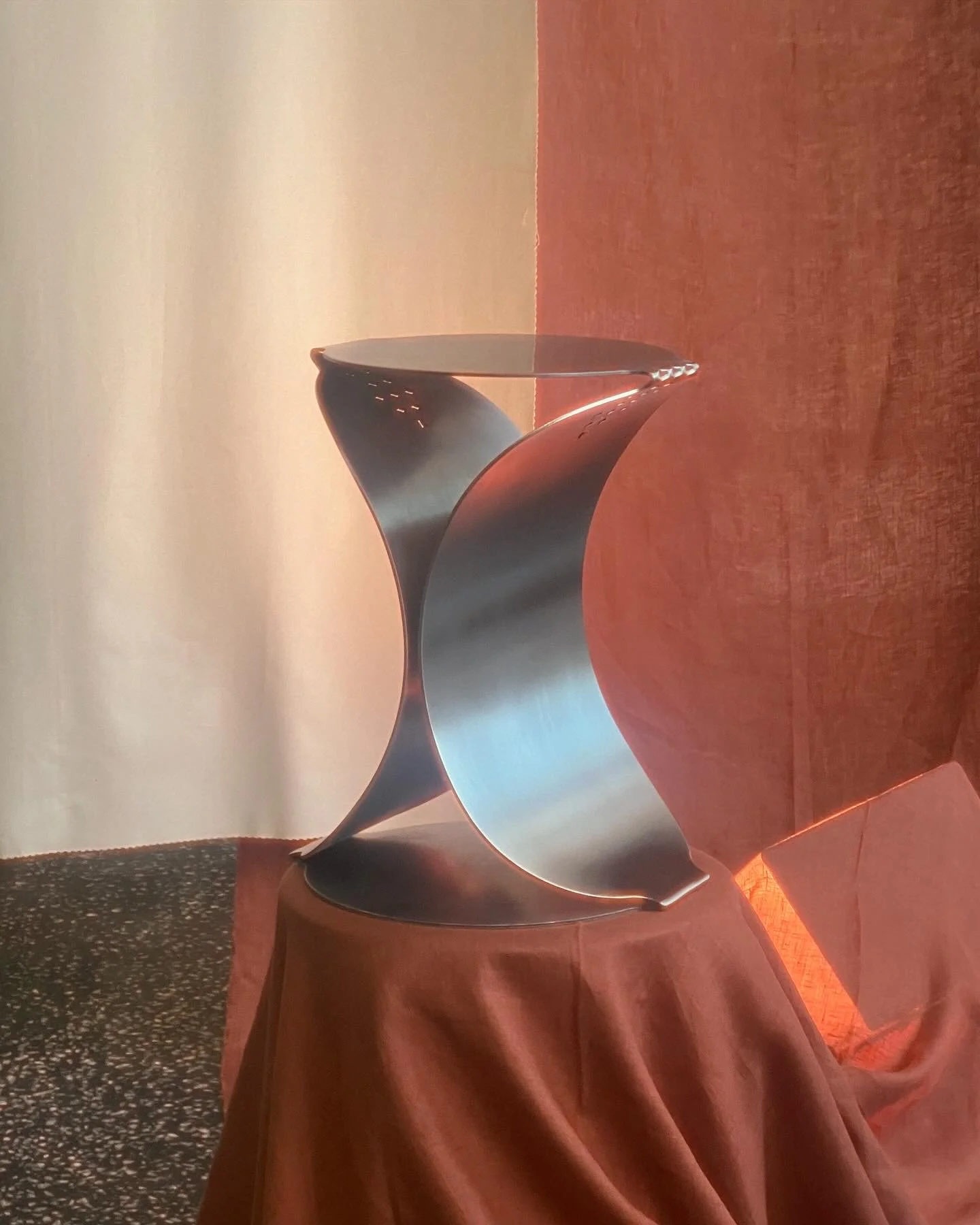
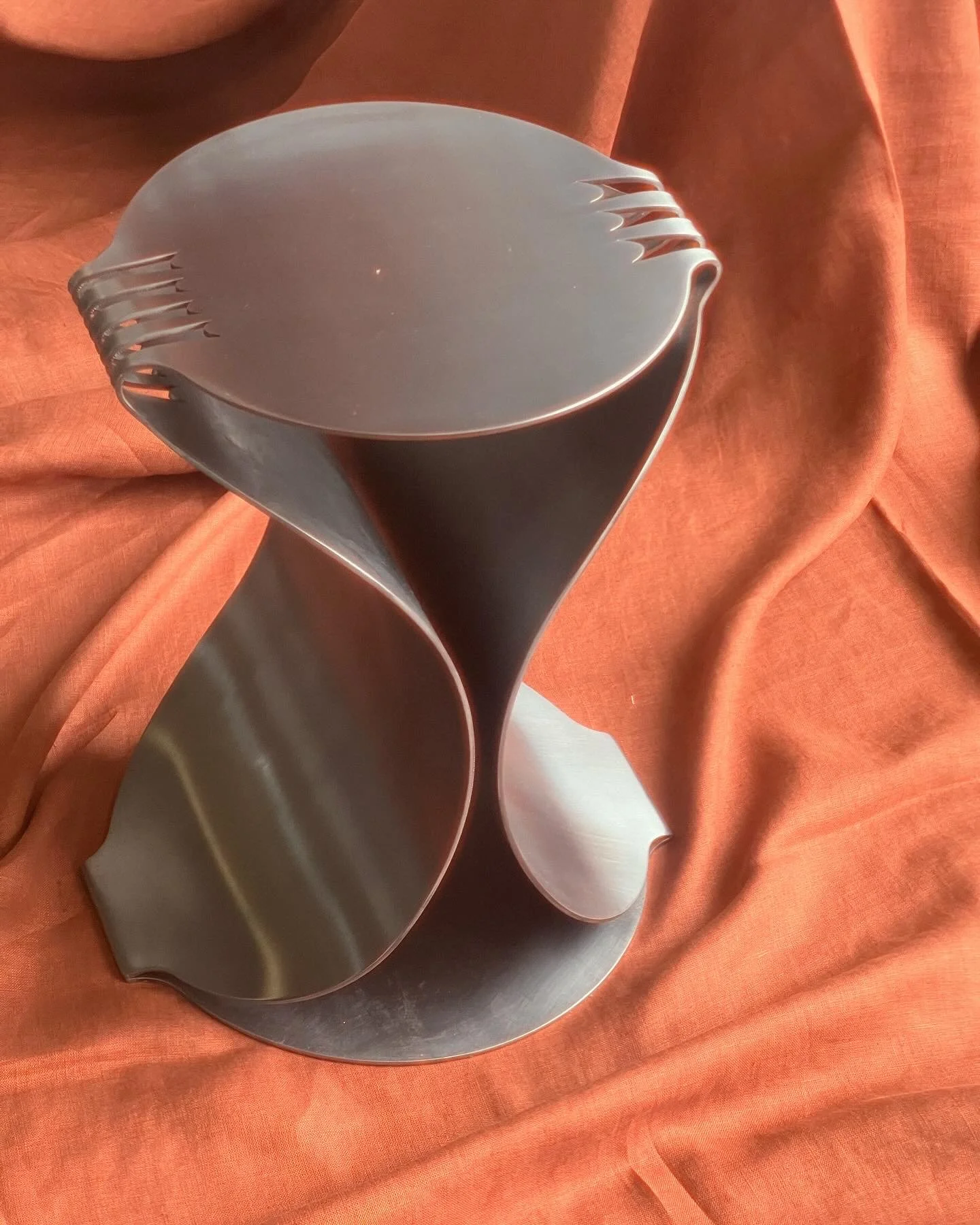

Design as the synthesis between dimensions, from a flat plane to physical form, back to two dimensions.



